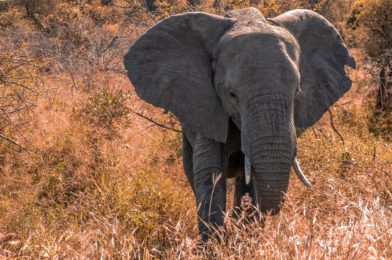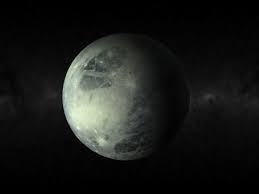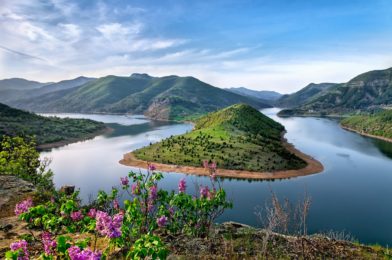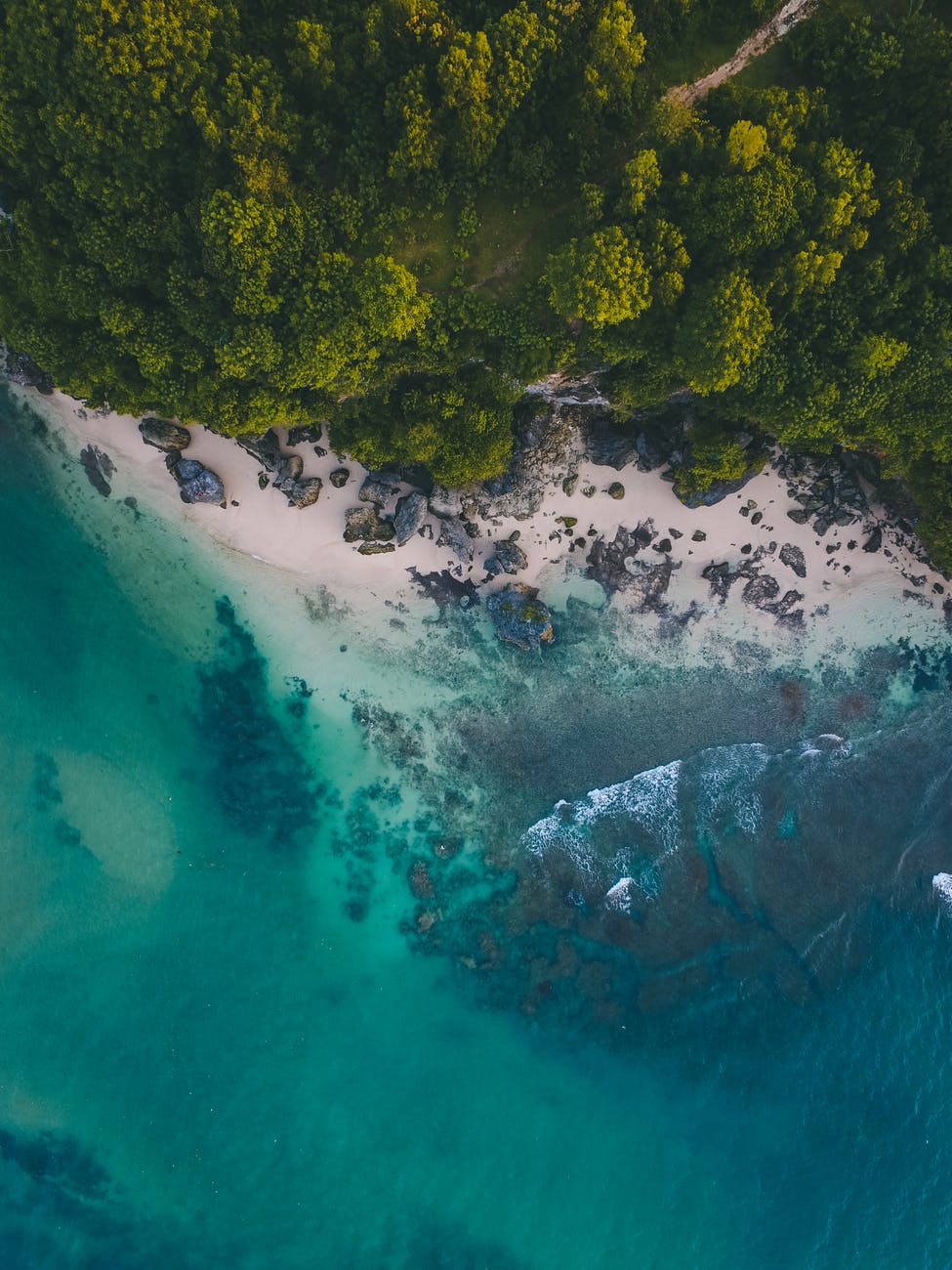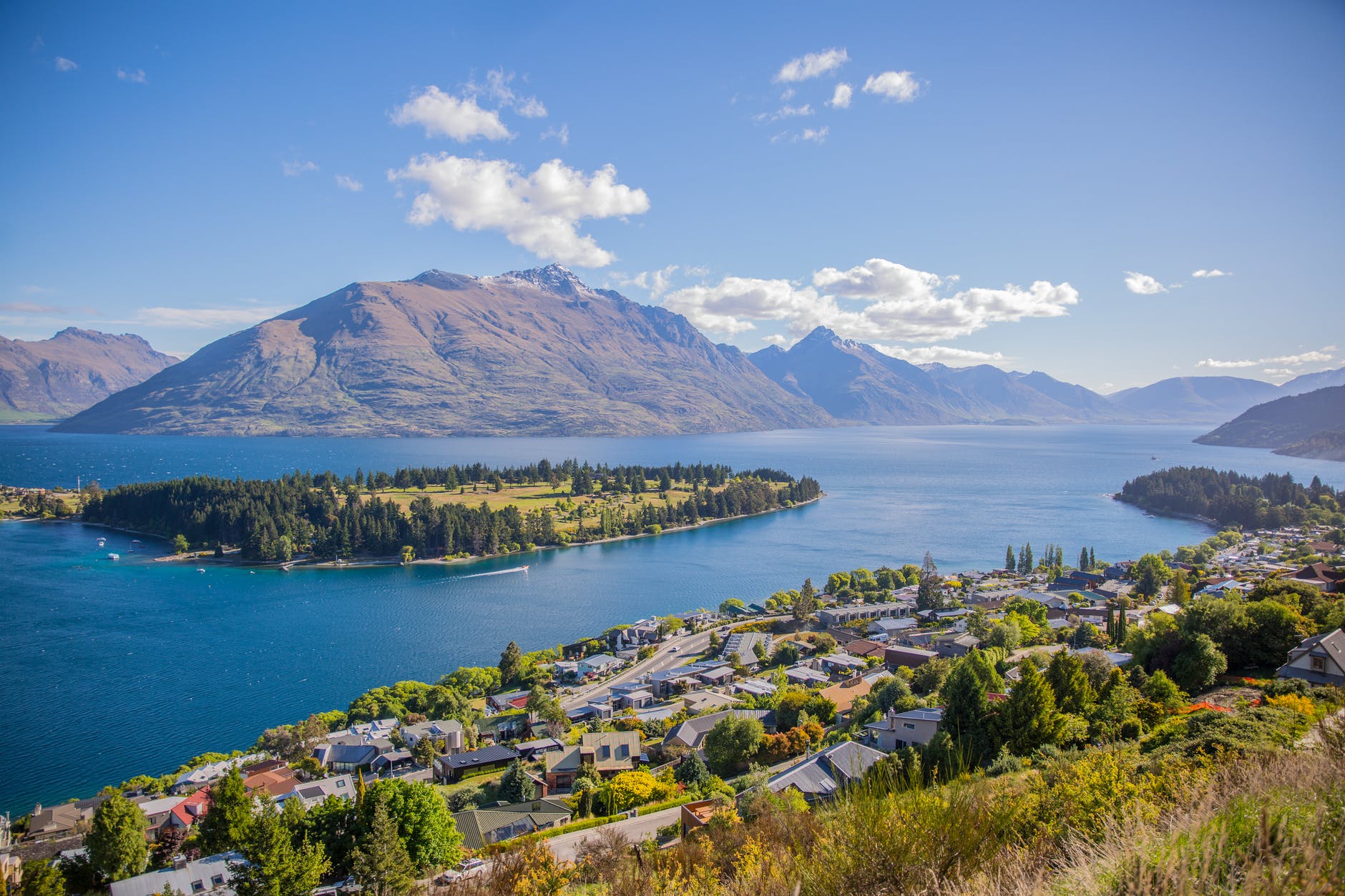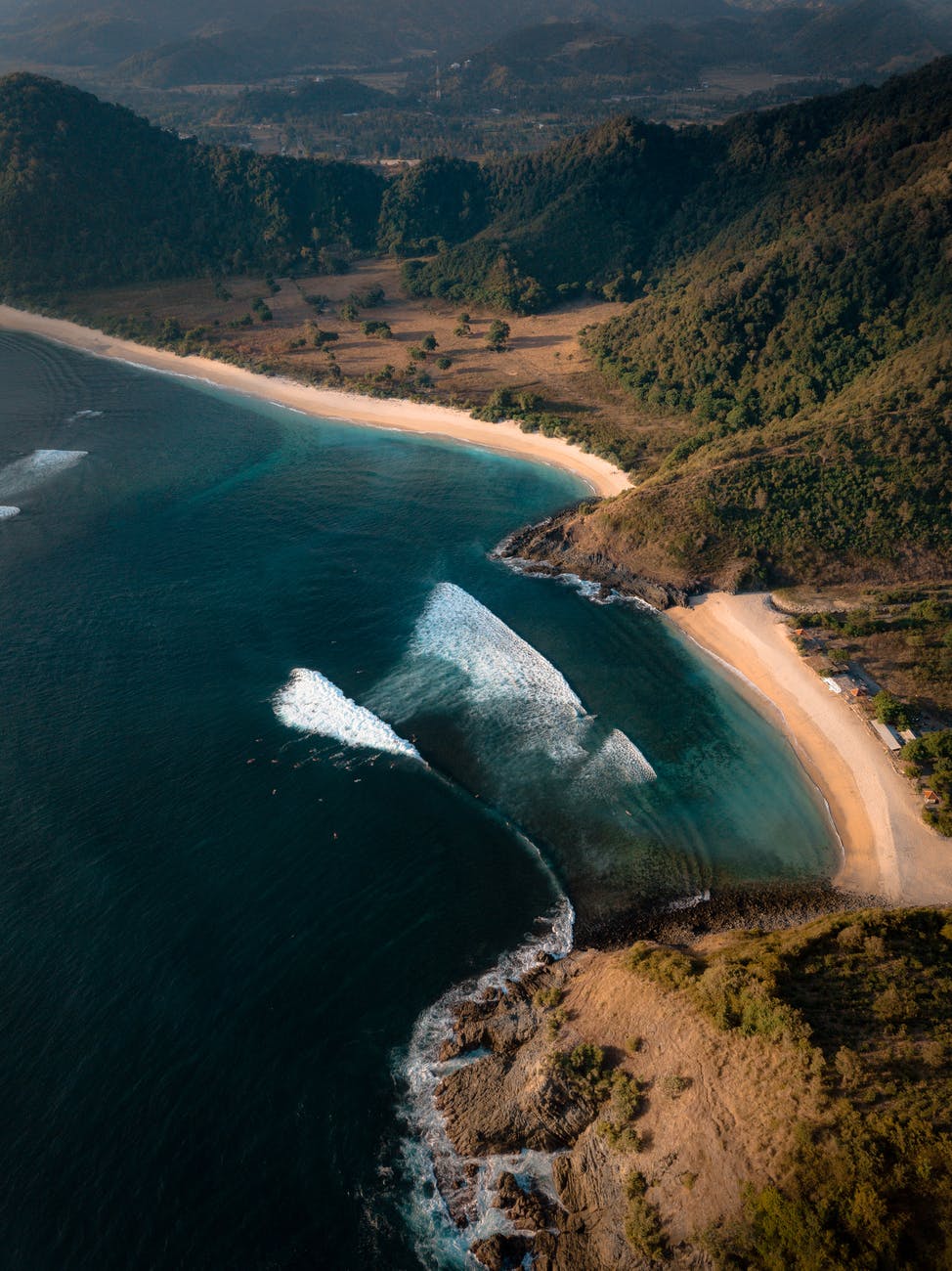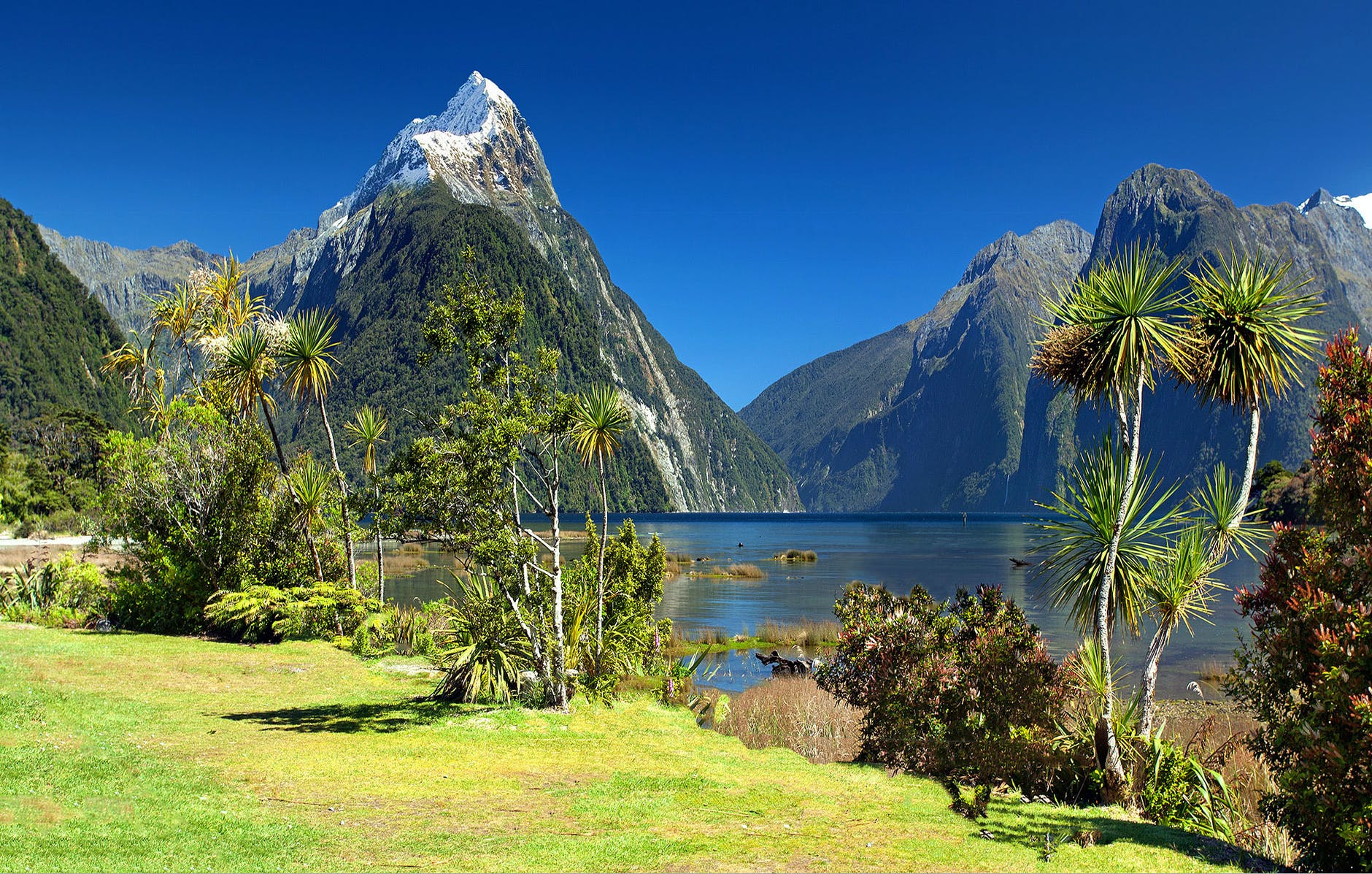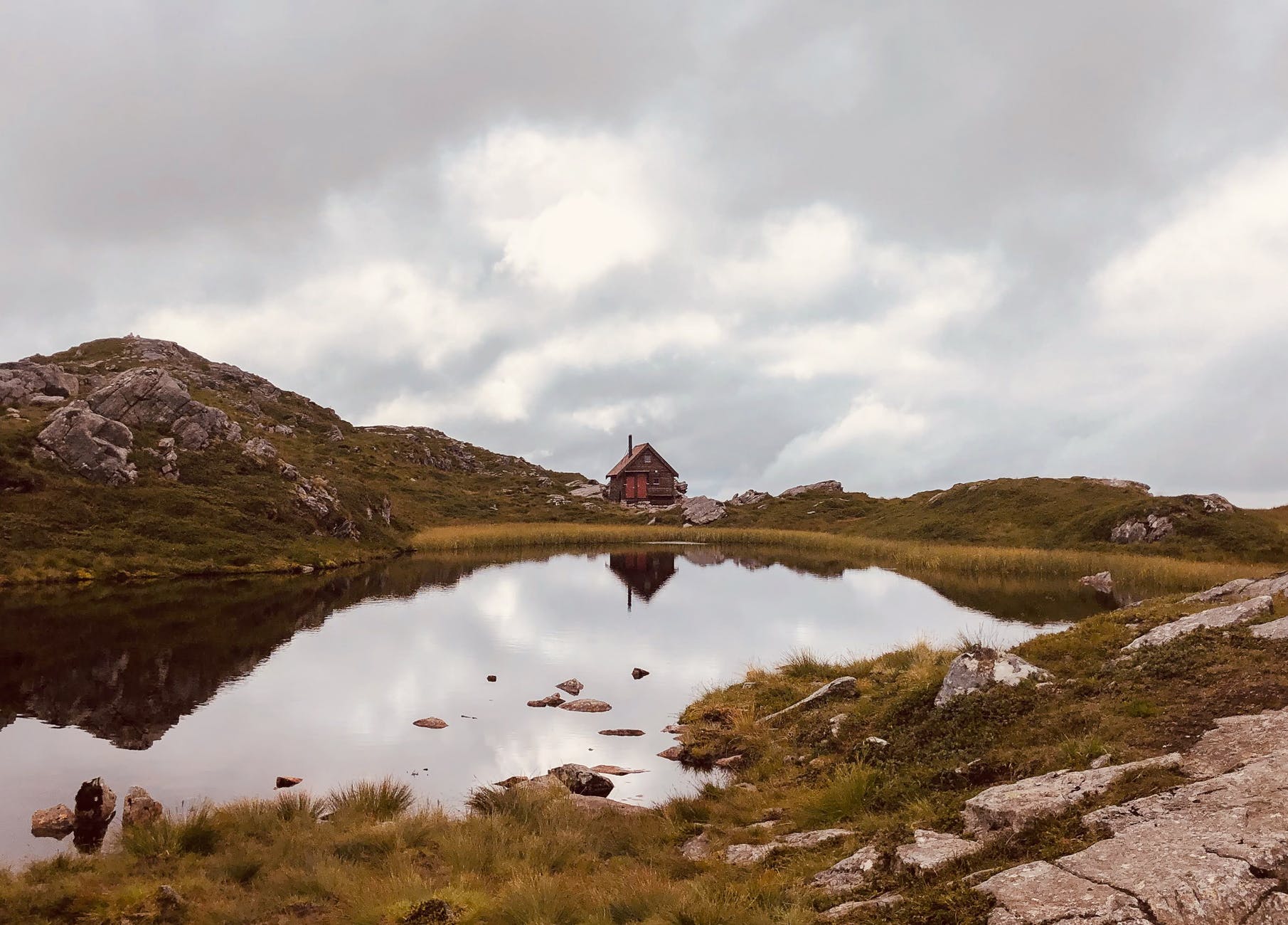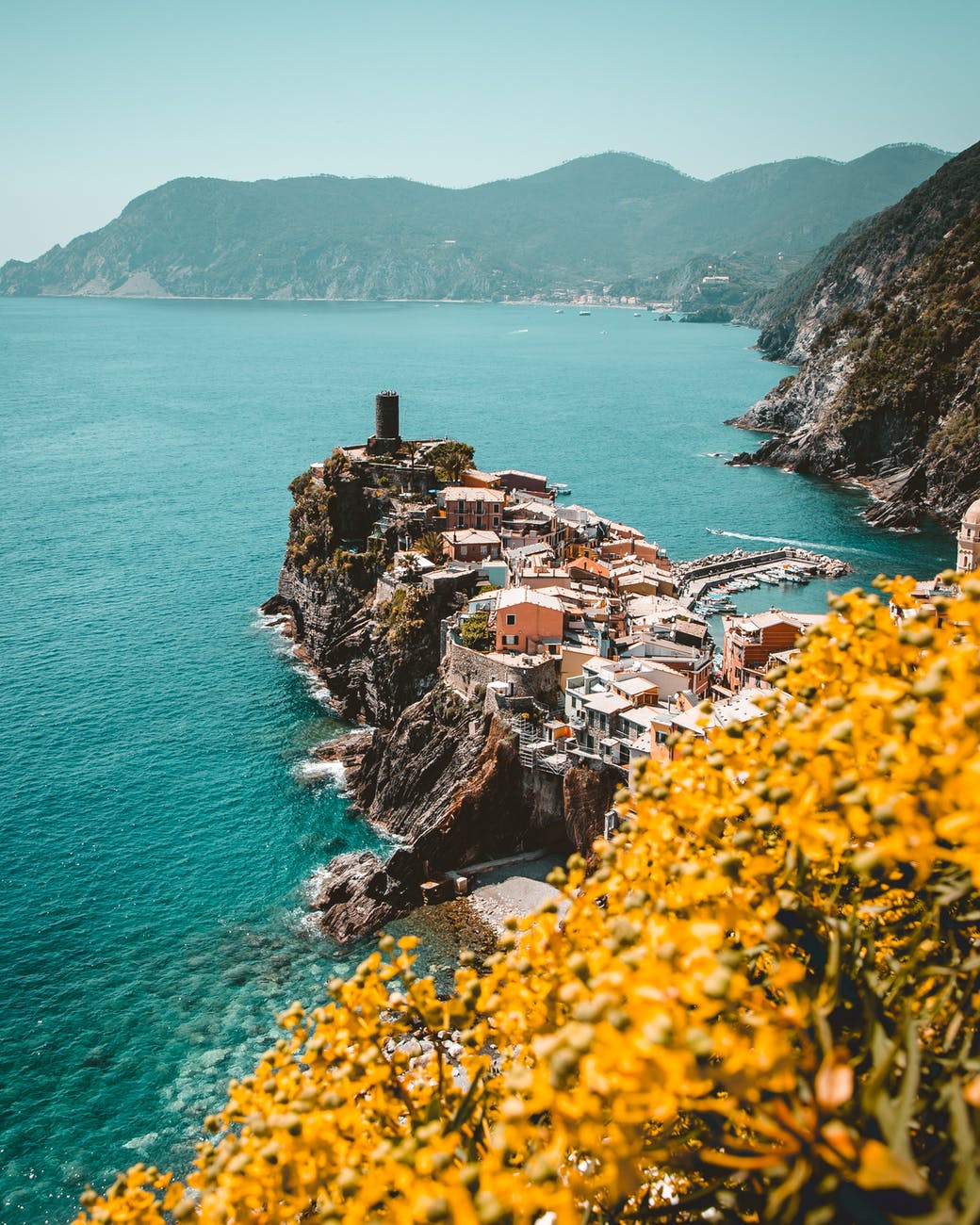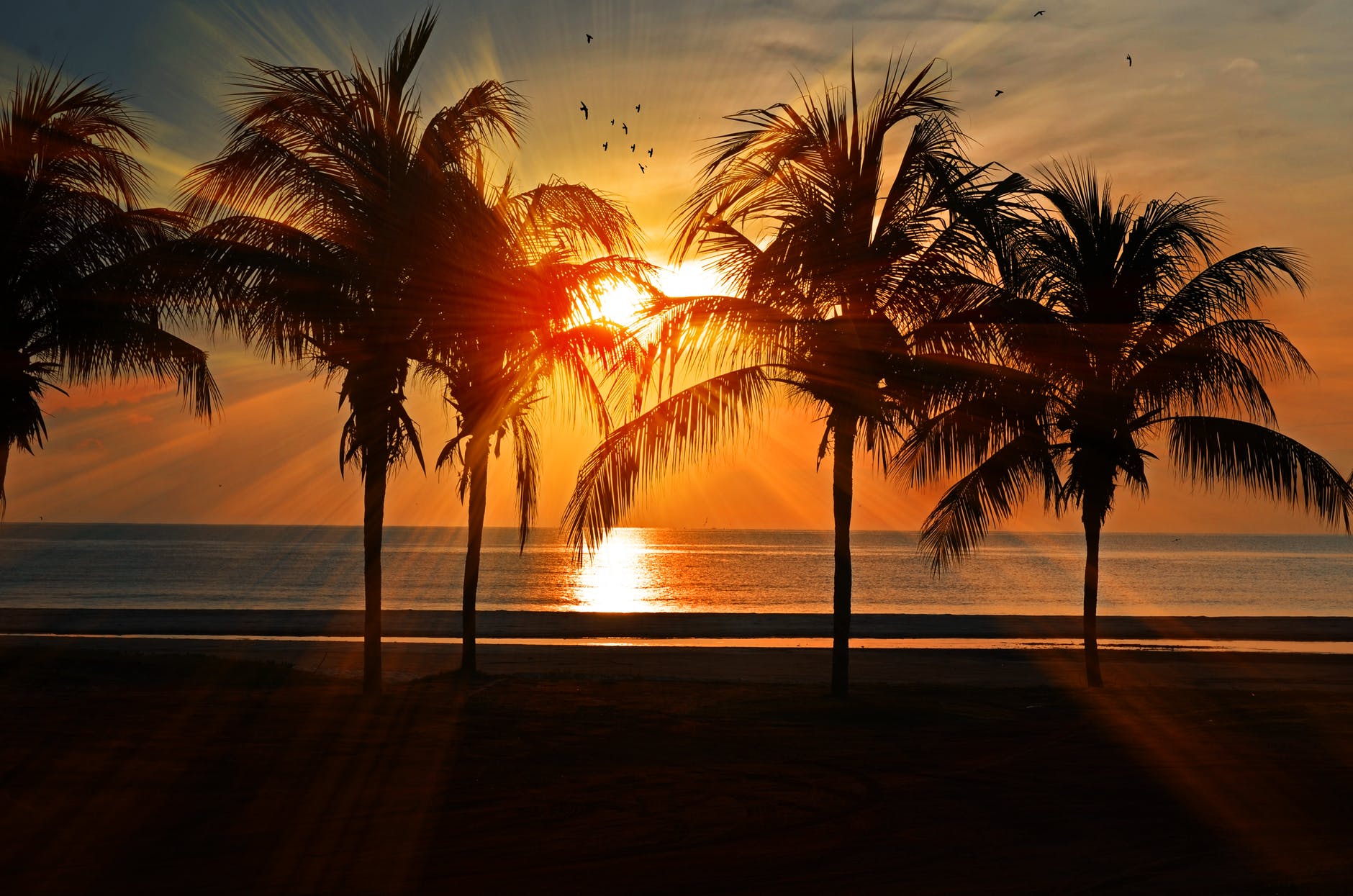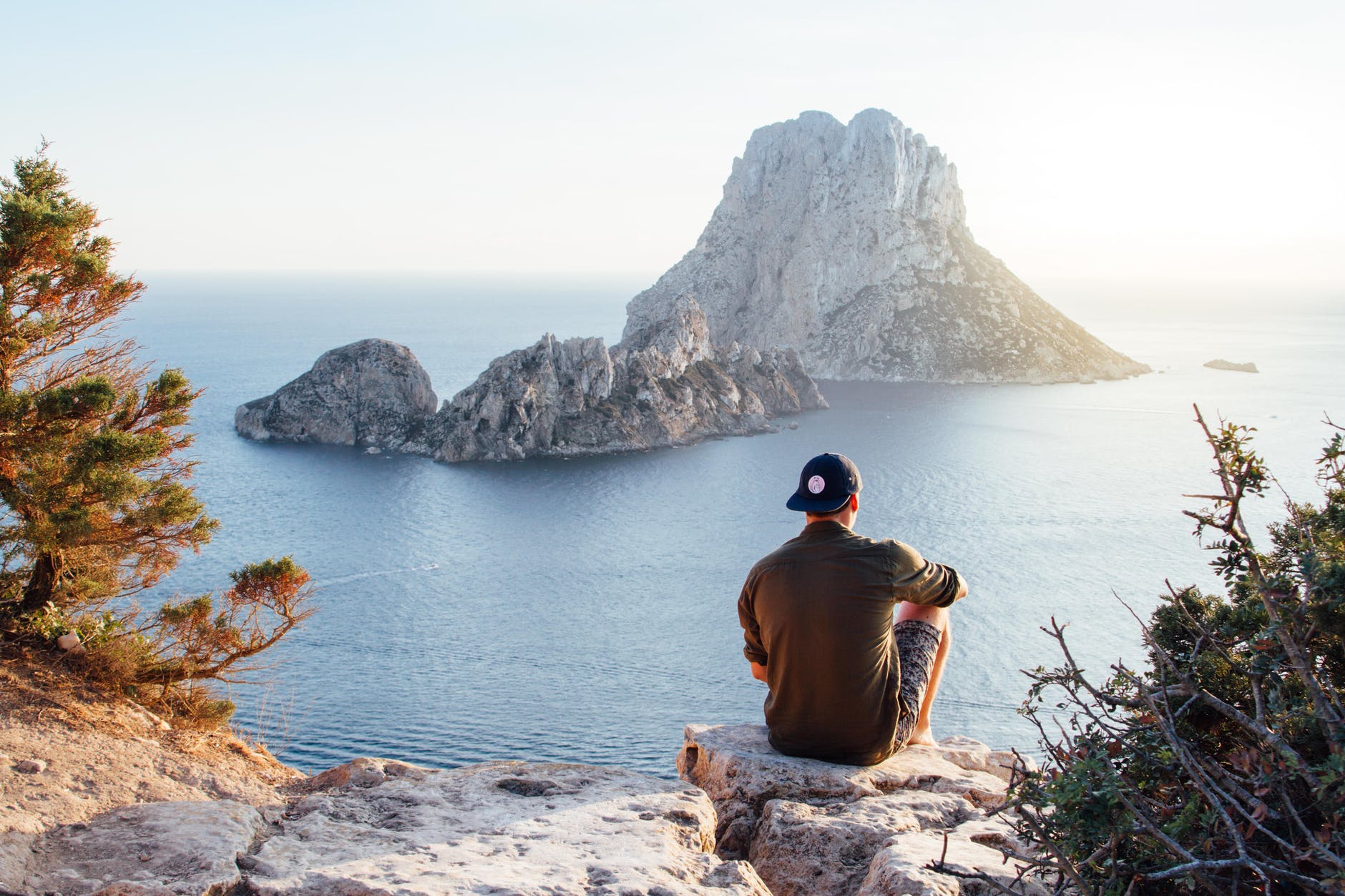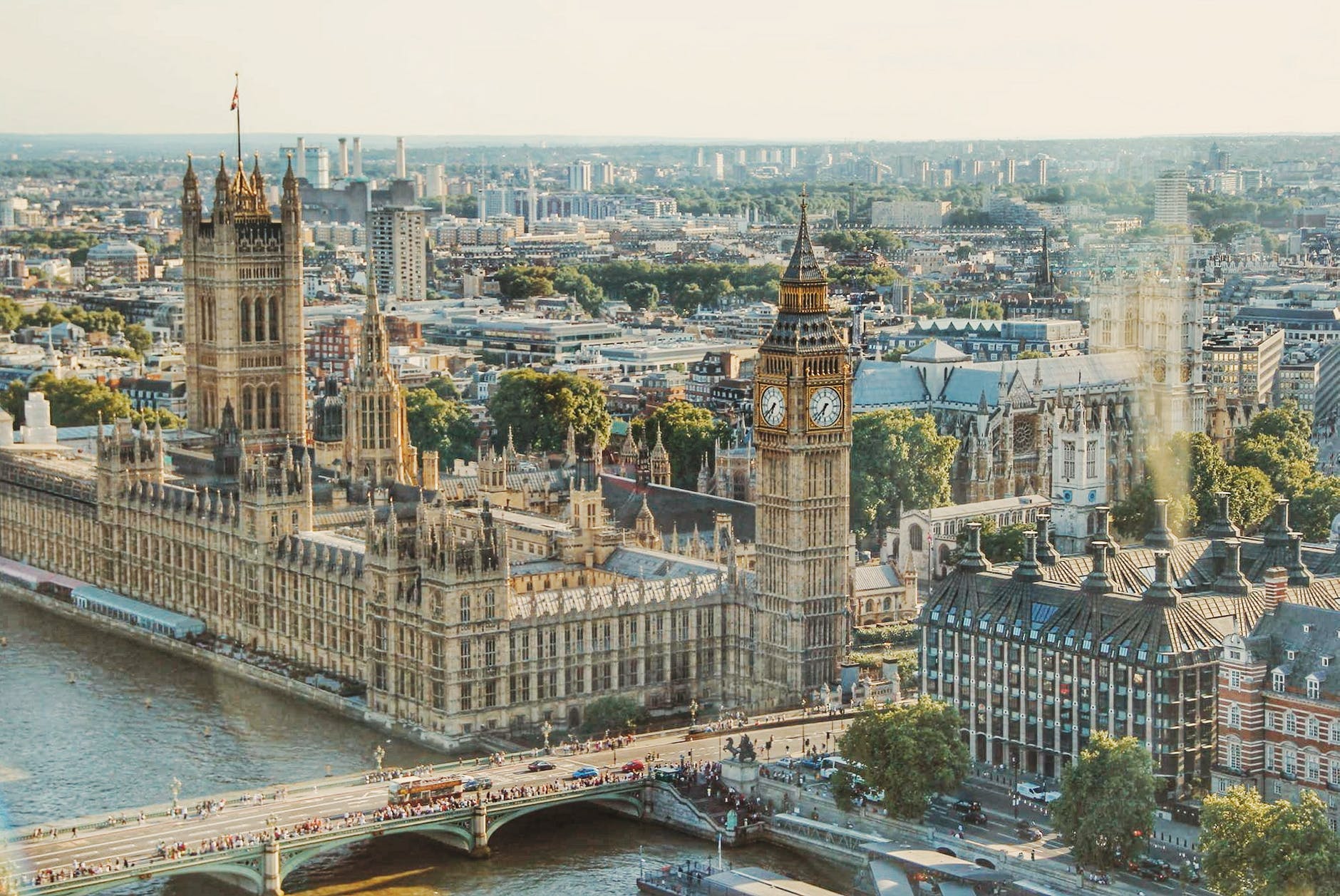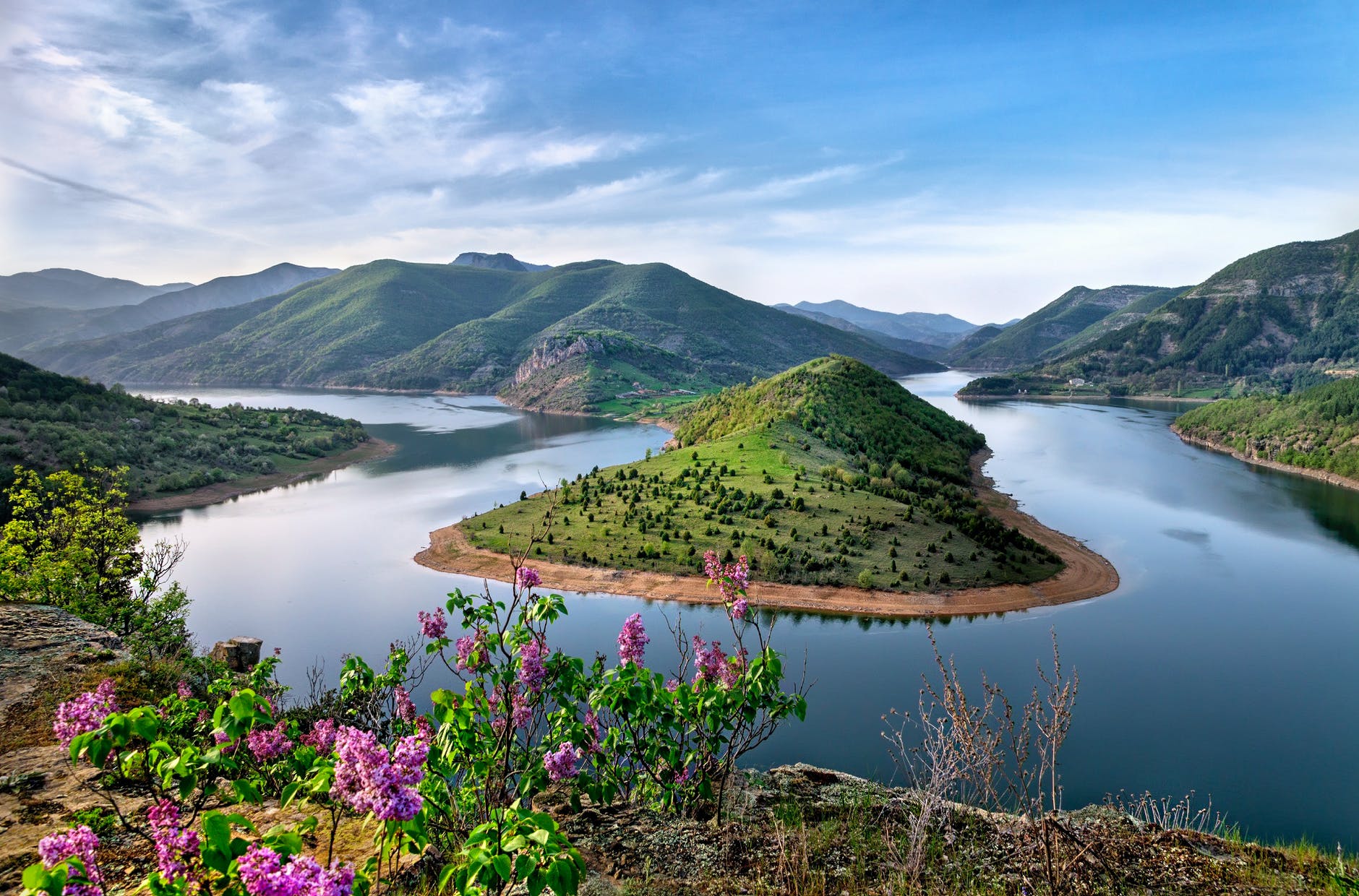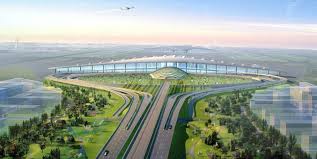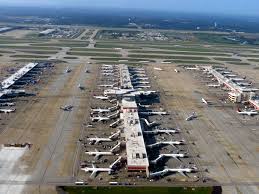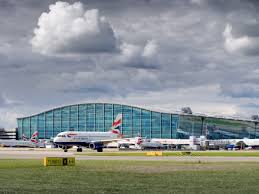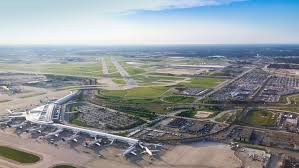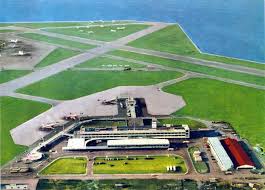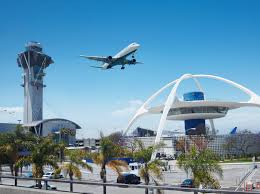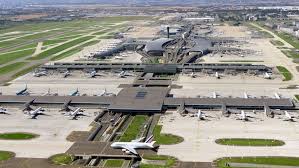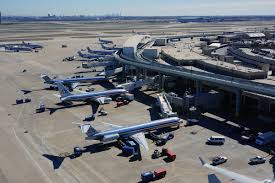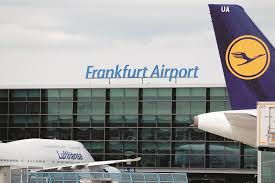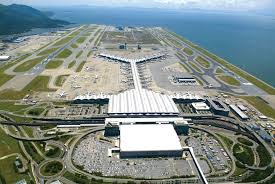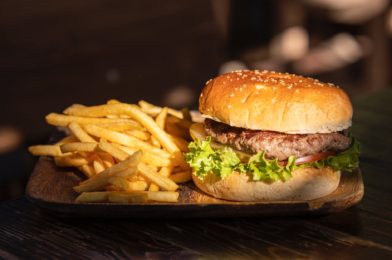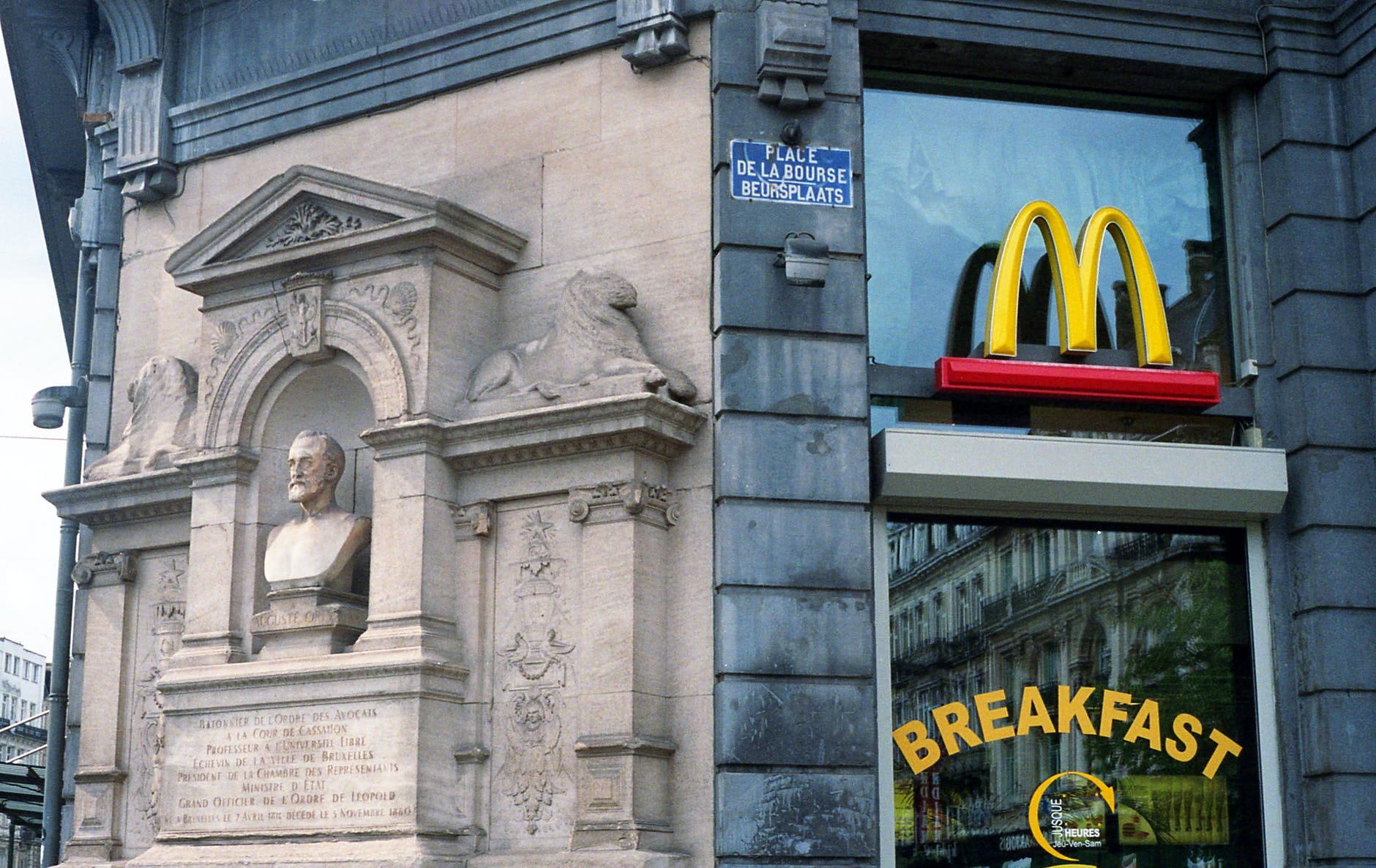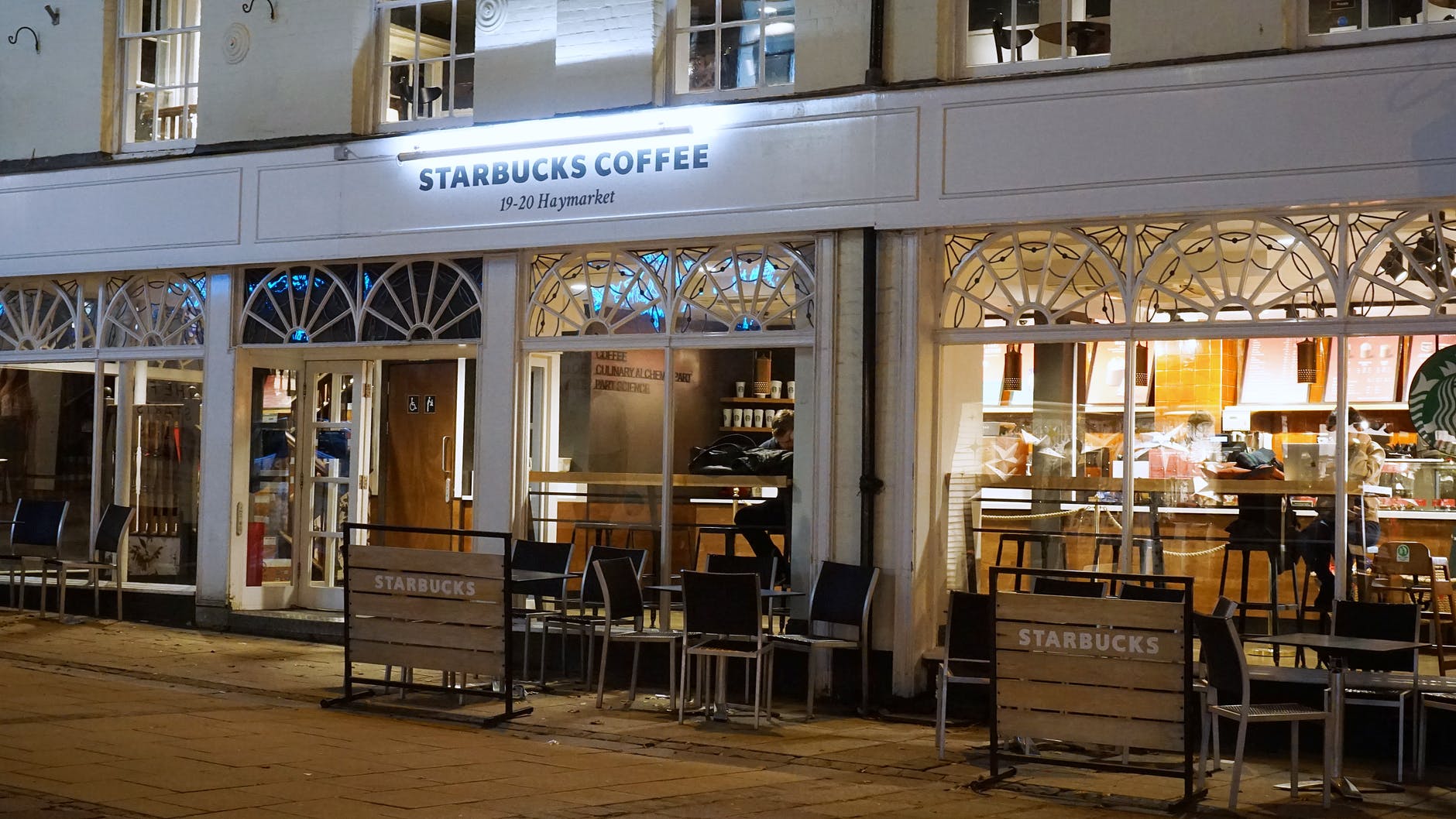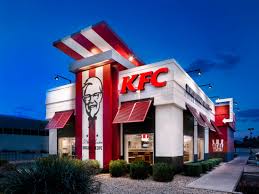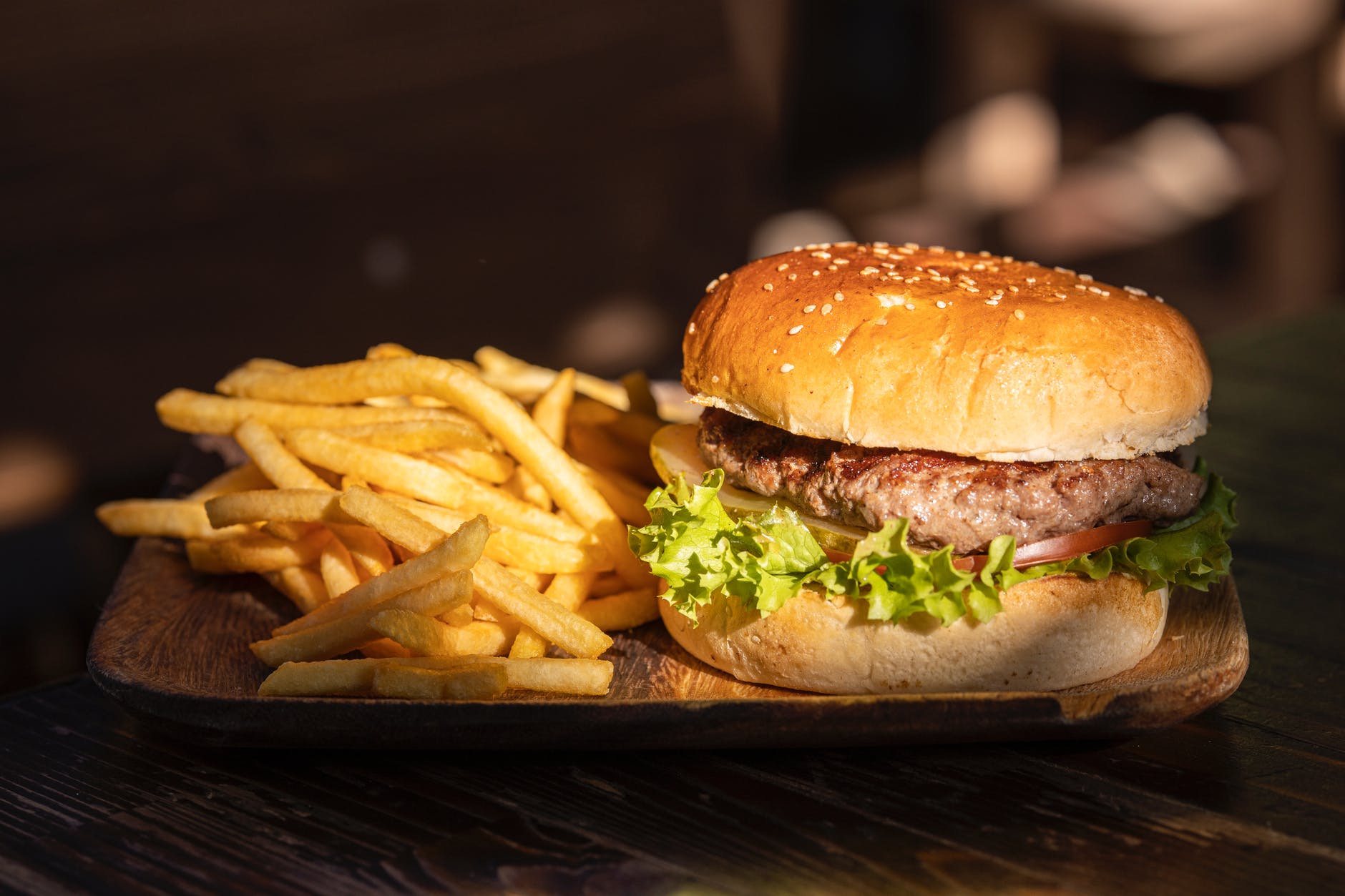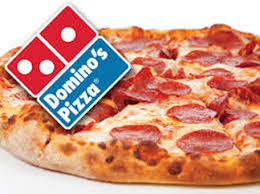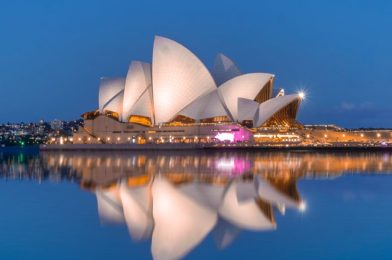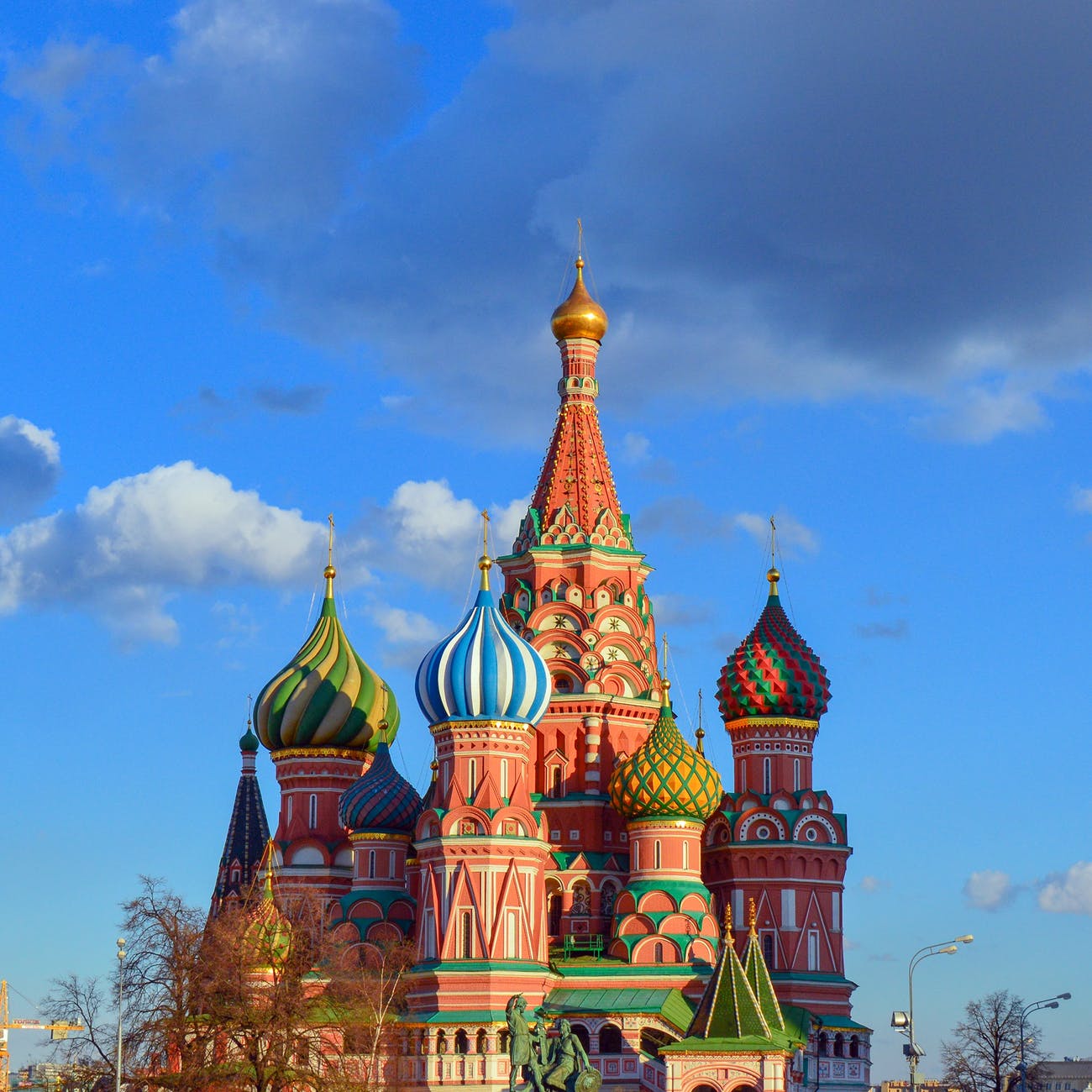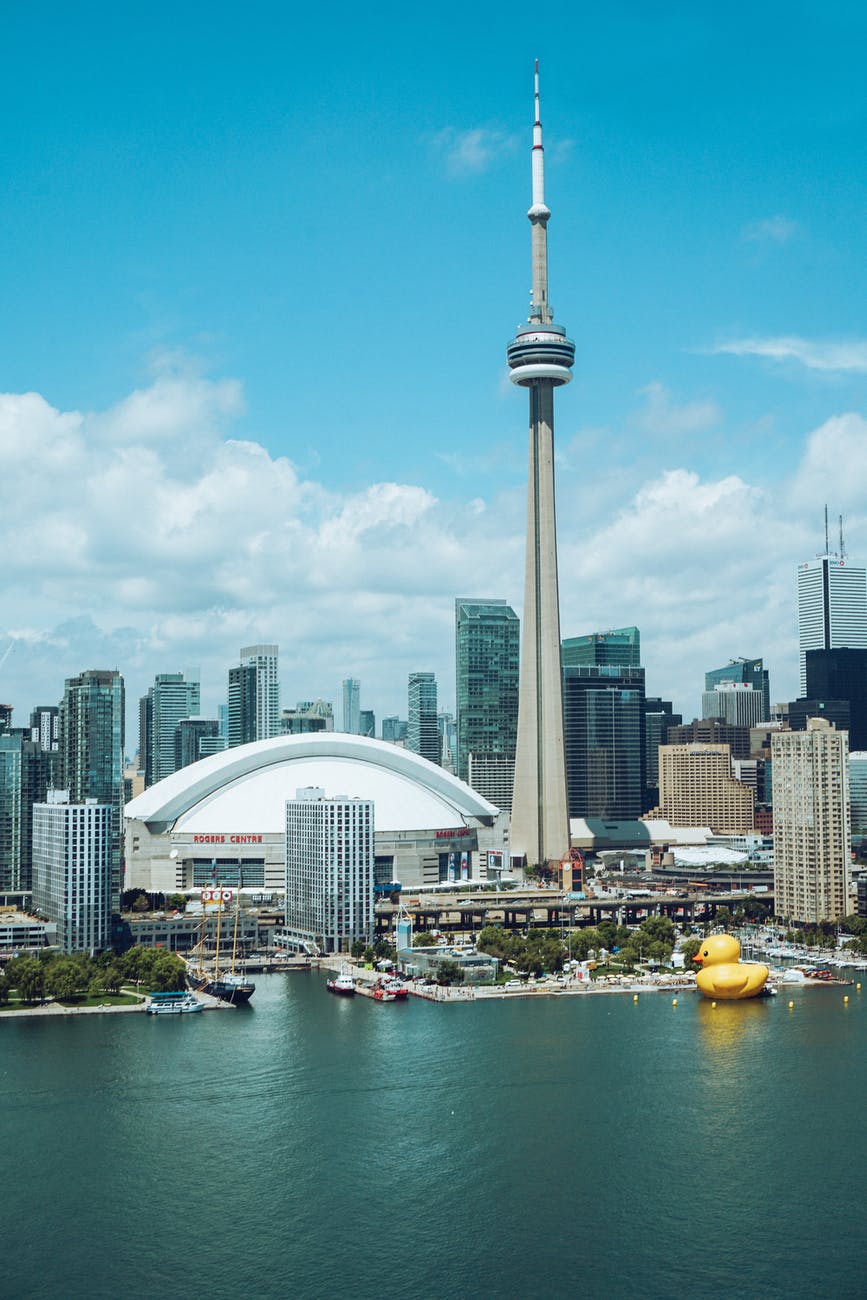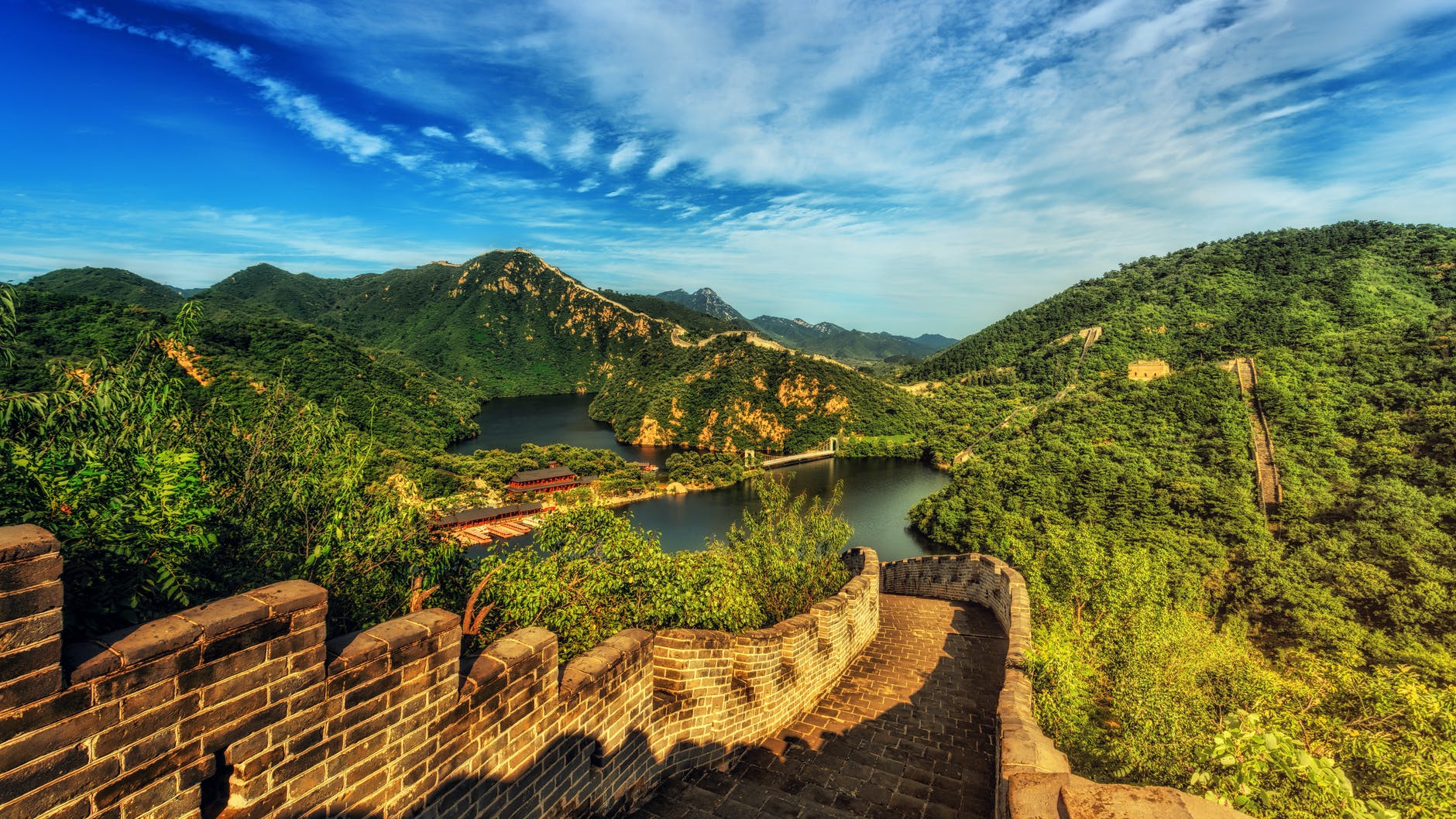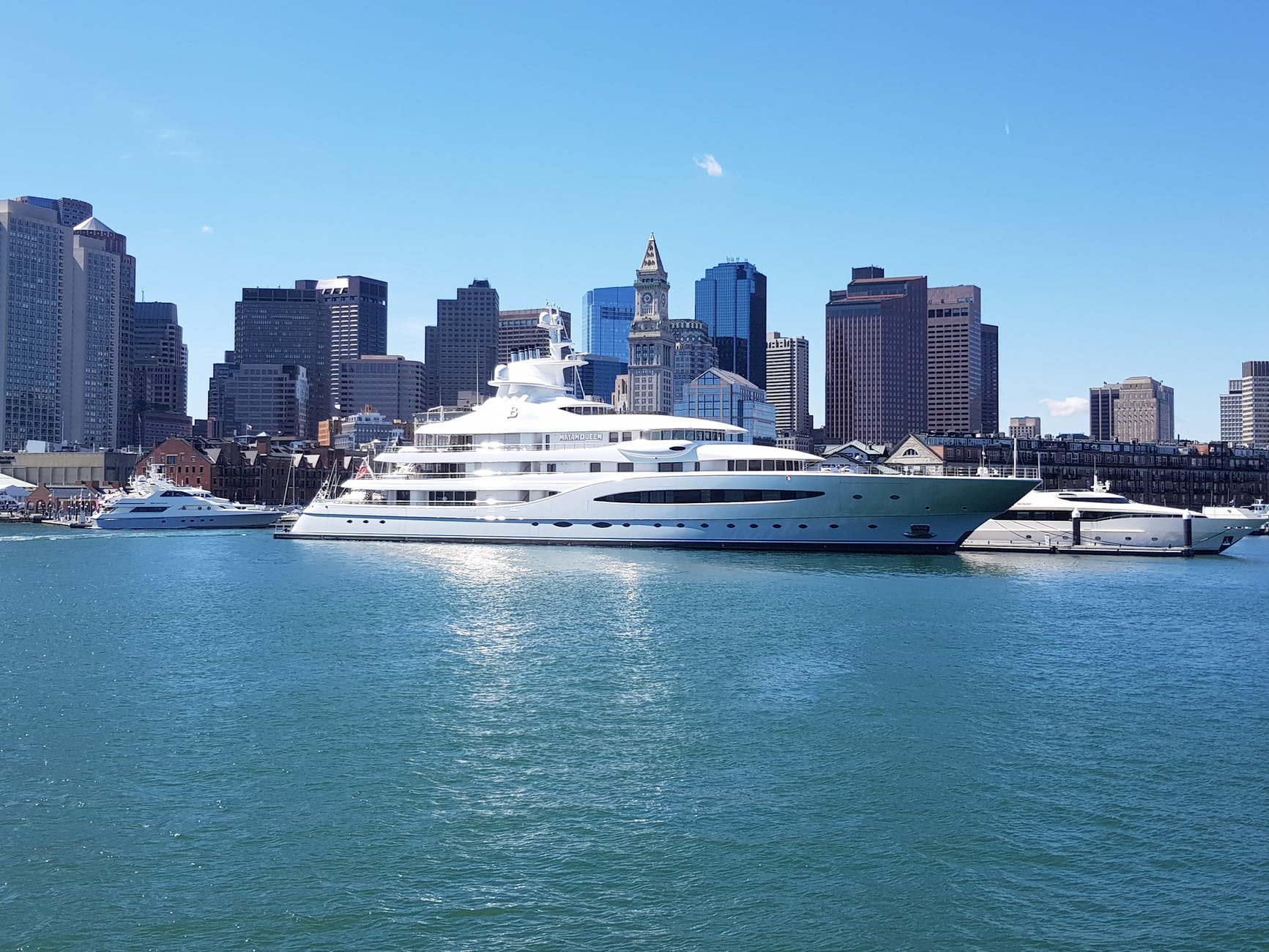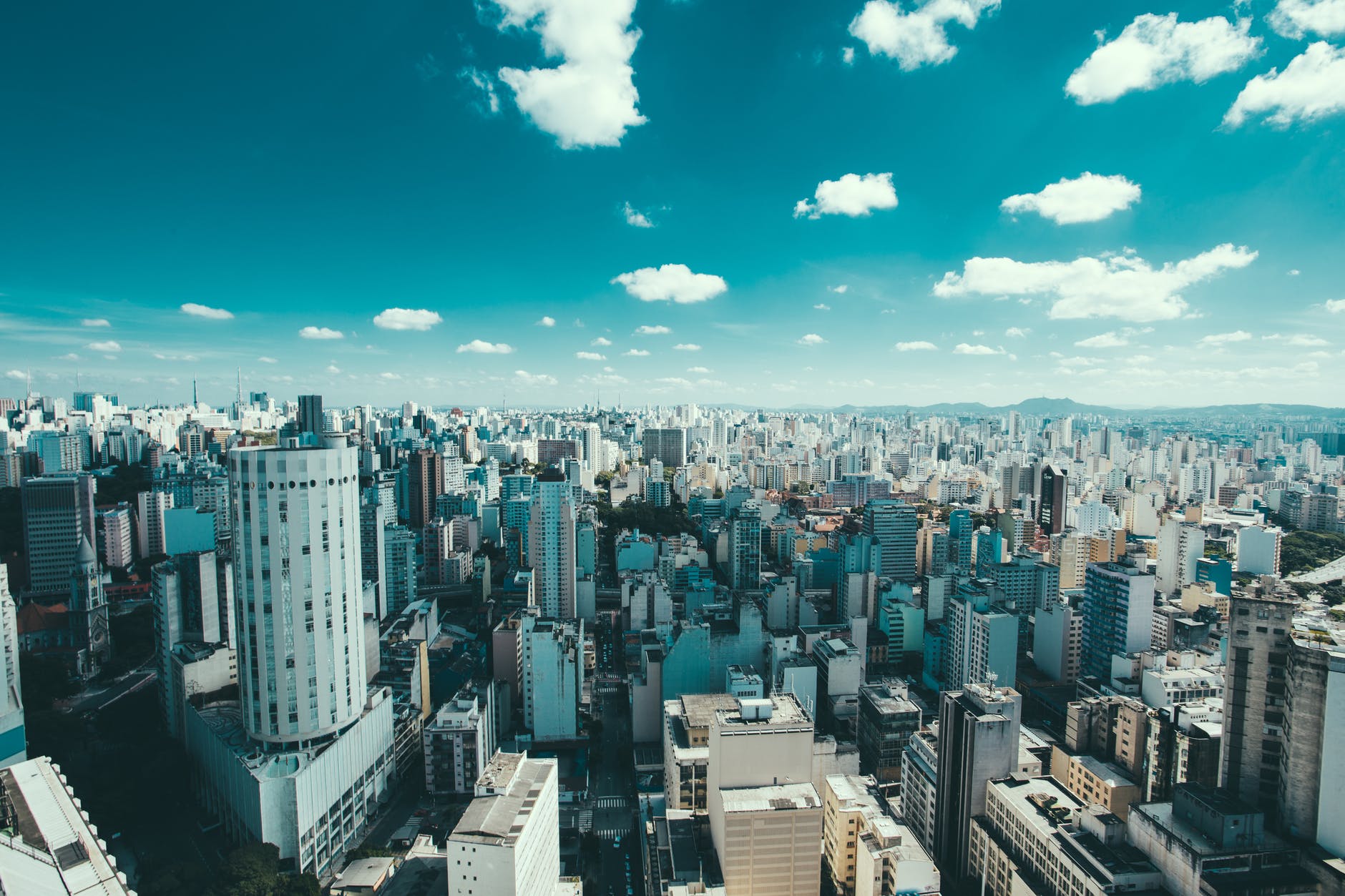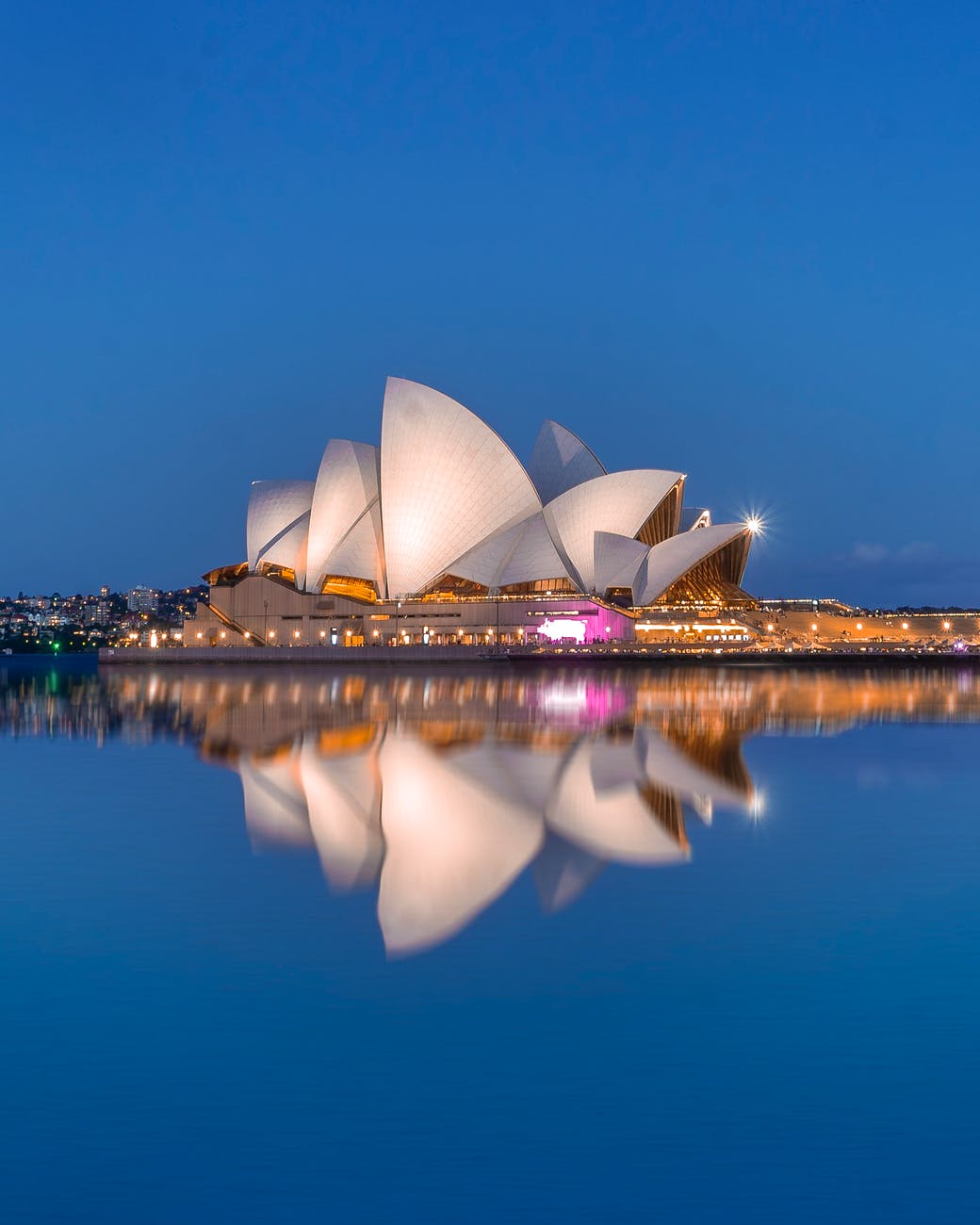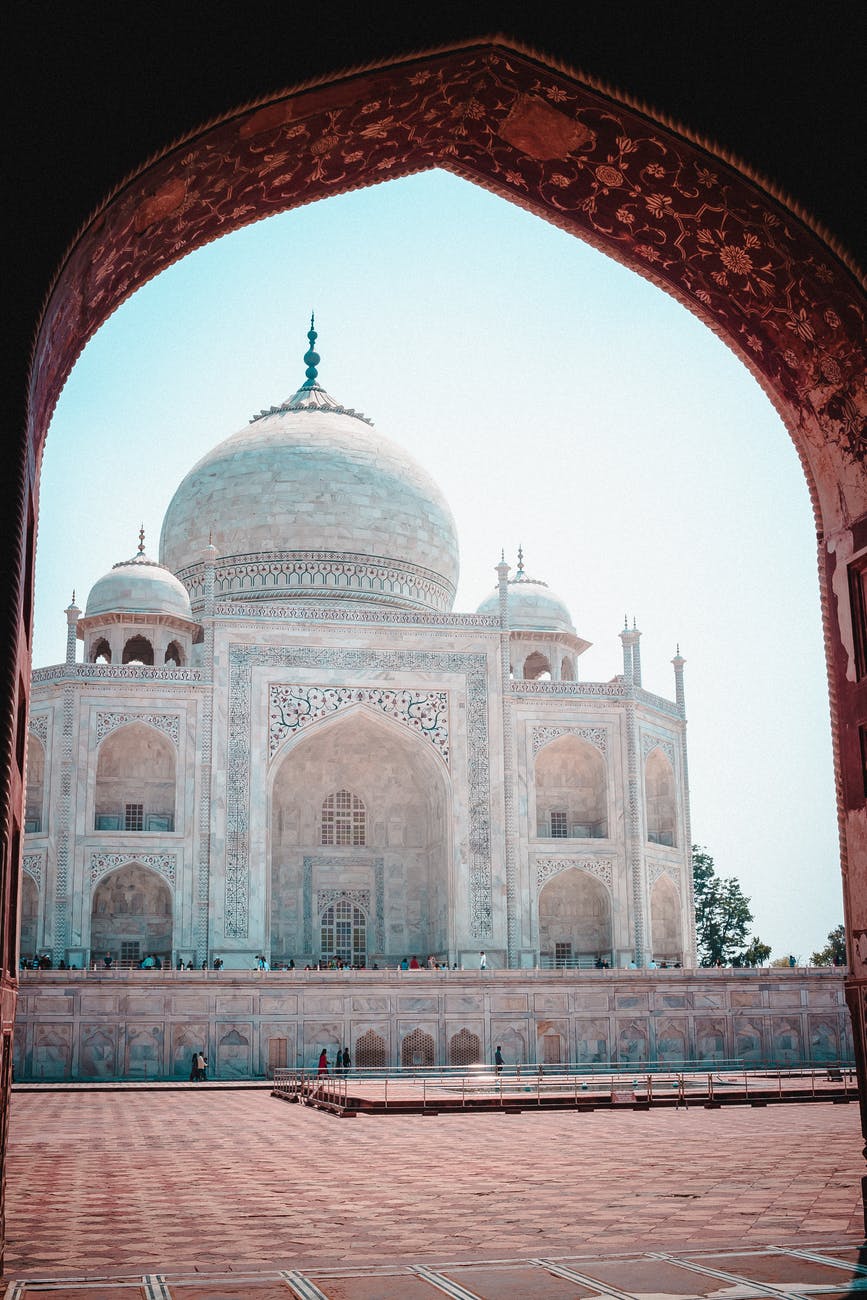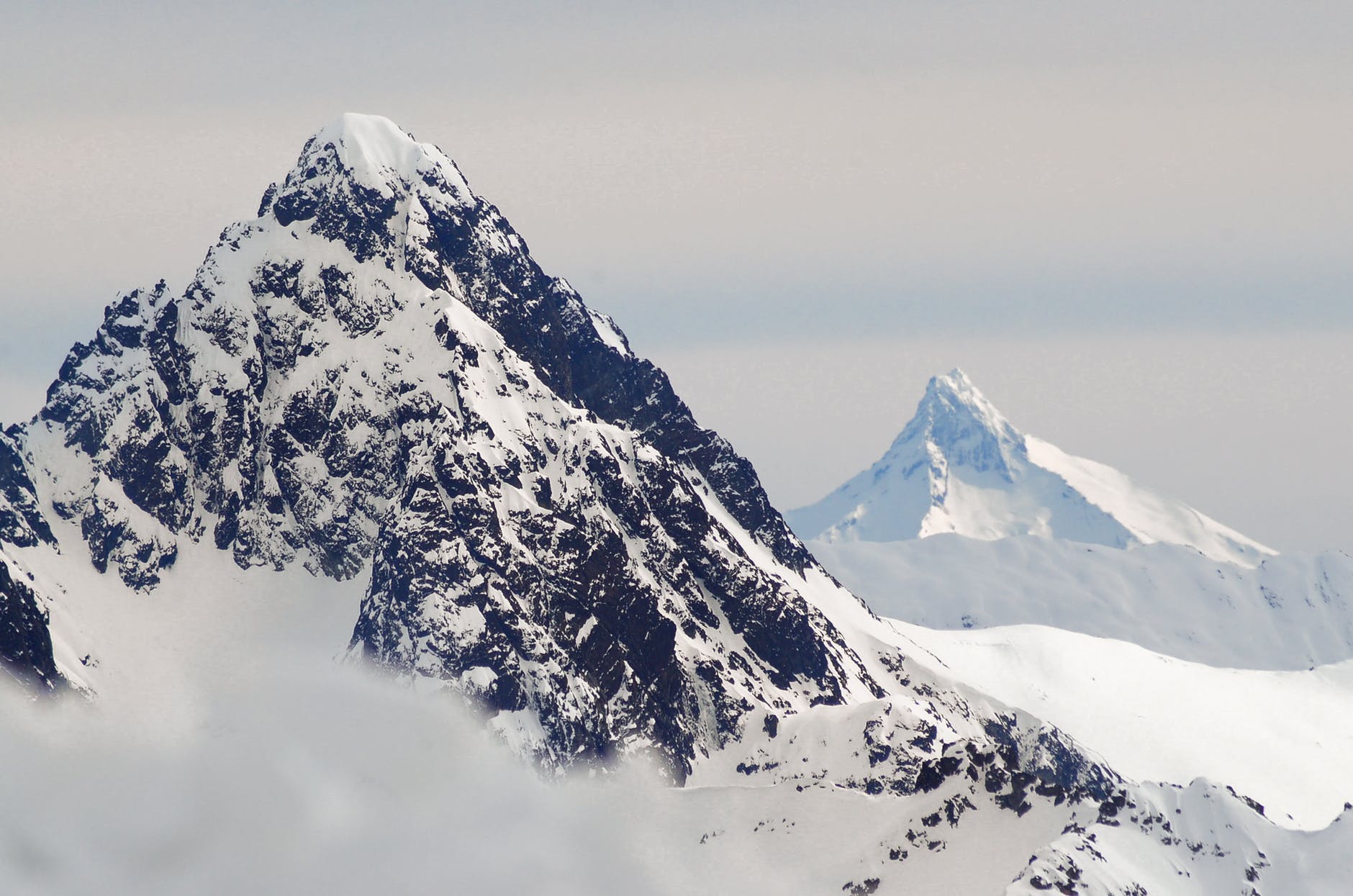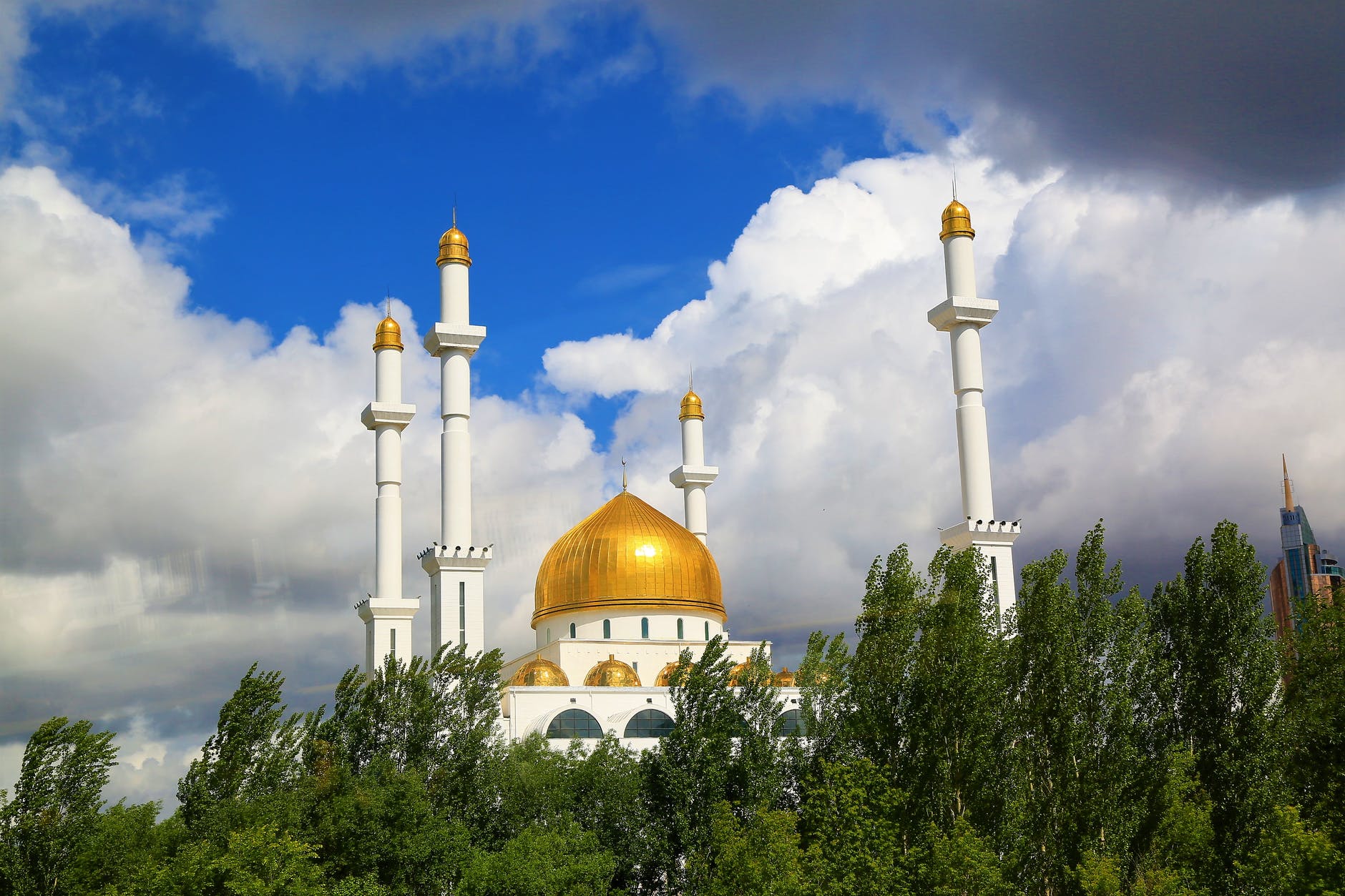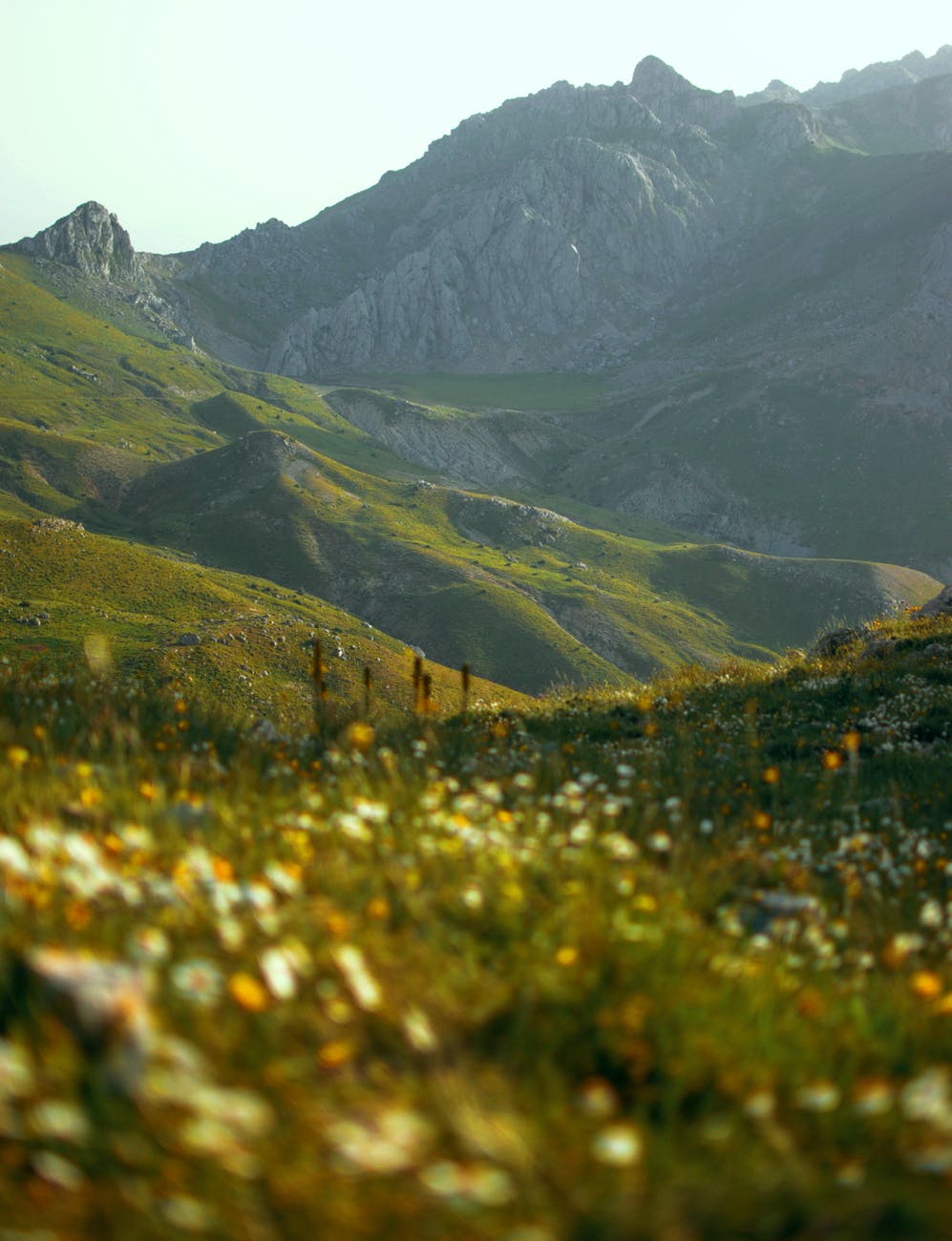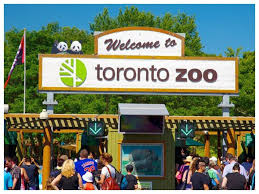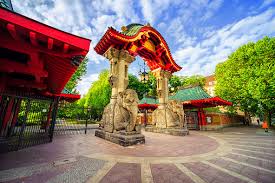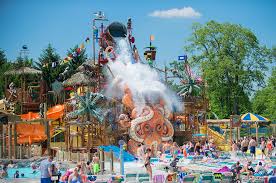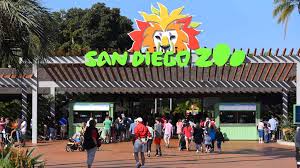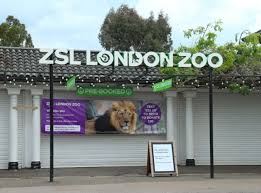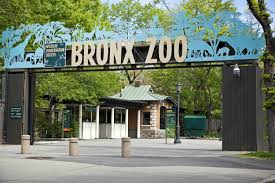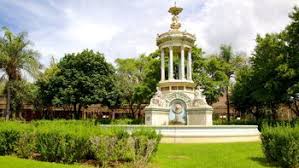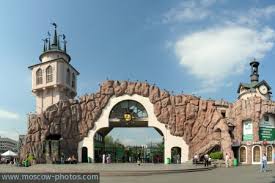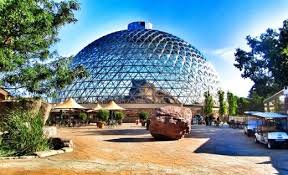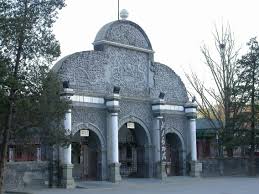Our world is full of creatures big and small, short and tall. Largest 10 animals in the world, classified by various categories such as mammals, reptiles, birds, amphibians etc are given below. There’s an incredibly detailed list of some of the world’s largest organisms.
1.The Largest Animal:
The Blue Whale
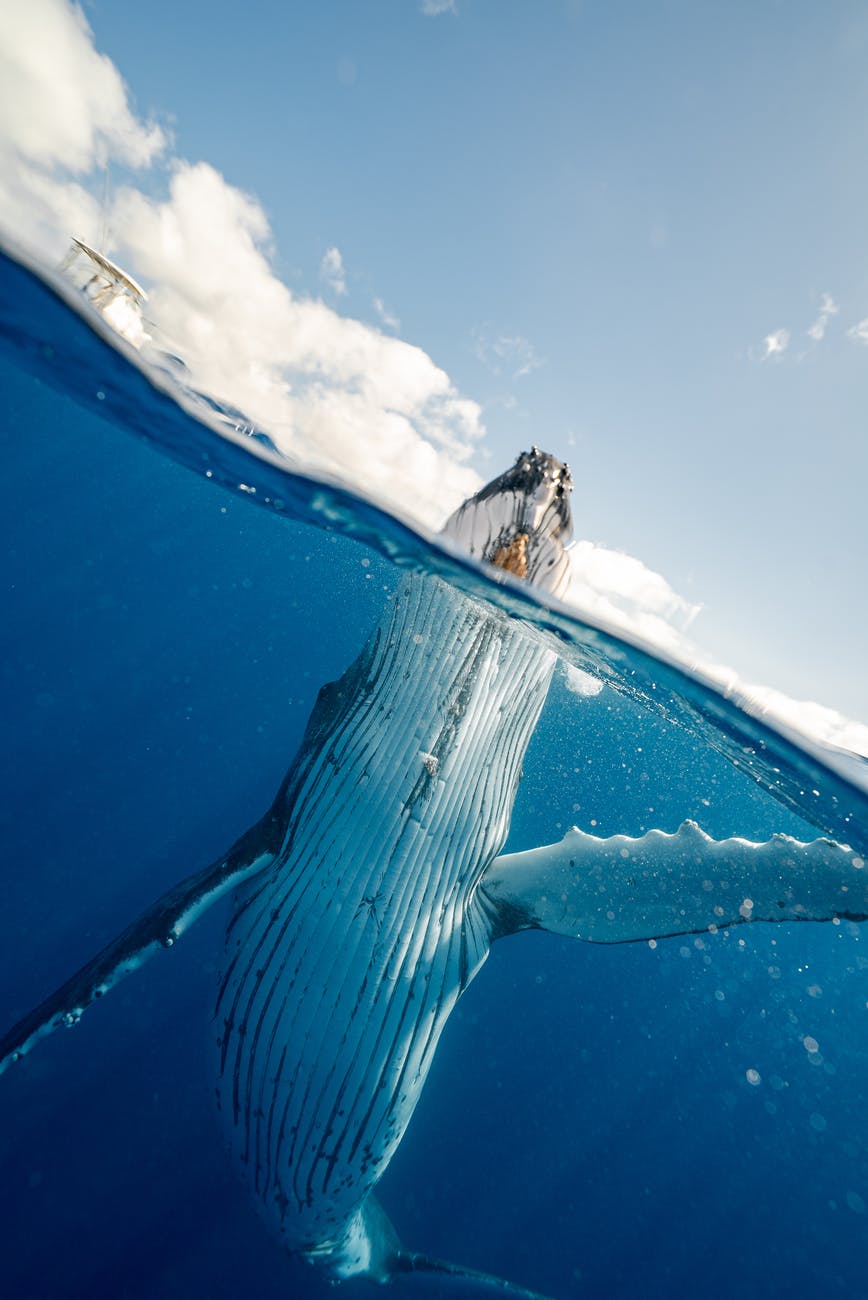
These magnificent marine mammals rule the oceans at up to 100 feet long and upwards of 200 tons. Their incredible size is only possible because of their aquatic lifestyles and the buoyancy provided by seawater. Blue whales are among the loudest animals on the planet. Blue whales live in all the world’s oceans, except the Arctic. Blue whales are among Earth’s longest-lived animals. Their tongues alone can weigh as much as an elephant. Their hearts, as much as an automobile. Krill are considered as the main source of food for many larger animals. Blue whales reach these mind-boggling dimensions on a diet composed nearly exclusively of tiny shrimplike animals called krill. During certain times of the year, a single adult blue whale consumes about 6 tons of krill a day. Fish and copepods (tiny crustaceans) may occasionally be part of the blue whale’s diet. Blue whales look true blue underwater, but on the surface their coloring is more a mottled blue-grey. Their underbellies take on a yellowish hue from the millions of micro organisms that take up residence in their skin.
The blue whale has a broad, flat head and a long, tapered body that ends in wide, triangular flukes. These graceful swimmers cruise the ocean at more than five miles an hour, but accelerate to more than 20 miles an hour when they are agitated. They emit a series of pulses, groans, and moans, and it’s thought that, in good conditions, blue whales can hear each other up to 1,000 miles away. Like all whales, blue whales are mammals and give live birth to very large calves that they nurse for six or seven months. A baby blue whale emerges weighing up to 3 tons and stretching to 25 feet. Average lifespan is estimated at around 80 to 90 years. Today, a primary threat to blue whale recovery is accidental interactions with fishing gear and with ships, but their numbers are slowly increasing. To compound their trouble, however, blue whales’ preferred food source – krill – is now fished commercially.
2.The Heaviest Land Animal in the World:
The African Bush Elephant
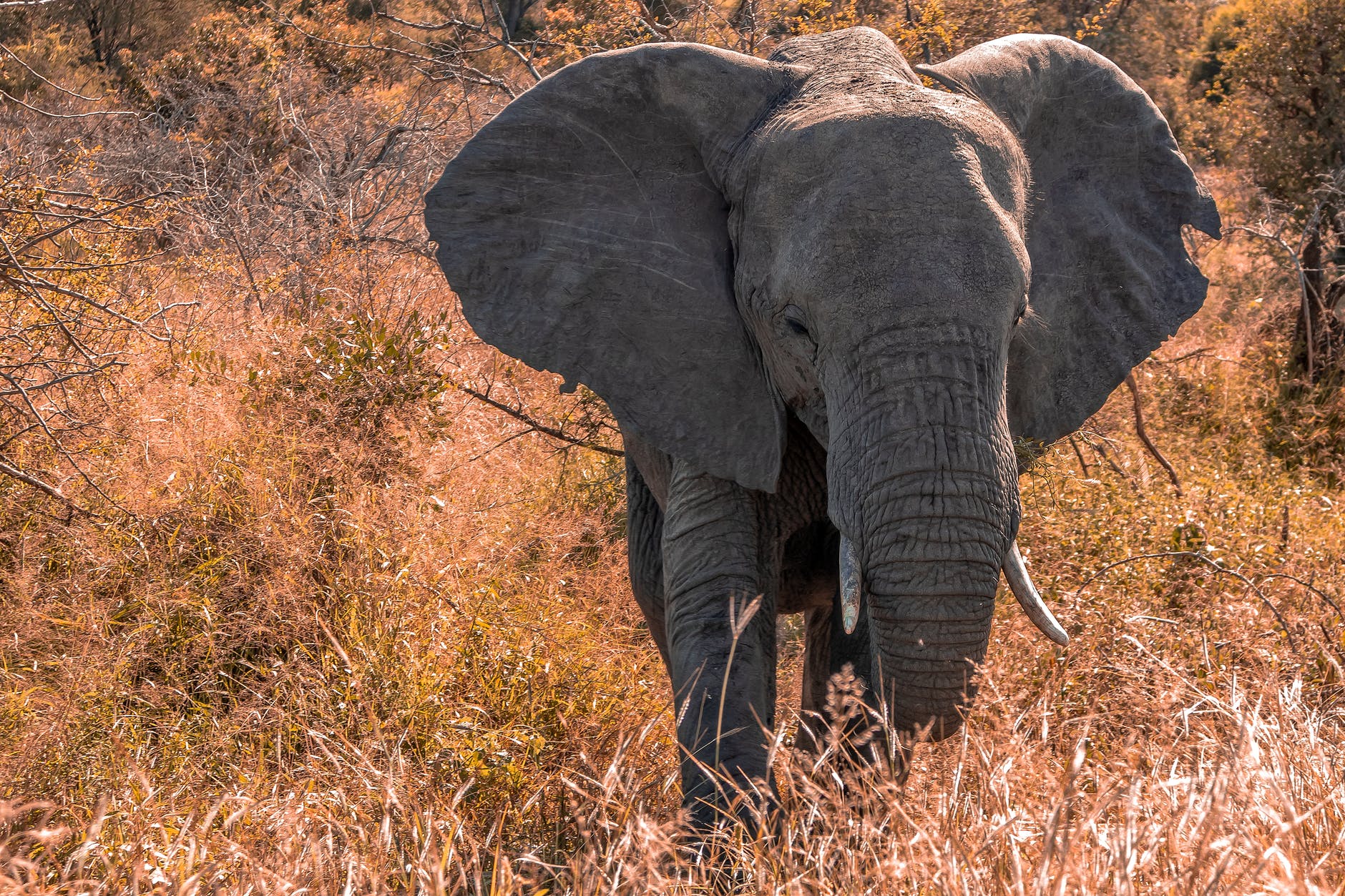
The African bush elephant is the largest of the three elephant species. They are slightly larger than their Asian cousins and can be identified by their larger ears that look somewhat like the continent of Africa. It is also known as “ecosystem engineers.” Adults reach up to 24 feet in length and 13 feet in height and weigh up to 11 tons. As herbivores, they spend much of their days foraging and eating grass, leaves, bark, fruit, and a variety of foliage. They need to eat about 350 pounds of vegetation every day. African elephants live up to 70 years. An elephant’s trunk is a strong appendage, with more than 40,000 muscles and tendons that can lift more than 400 pounds at once. Elephants are fond of water. Elephants suck water up through the trunk and then blow it into their mouths for drinking or onto their backs as a cooling mist. Elephants use their tusks to pull bark off trees, dig up roots and water holes, and for protection. Because elephants require substantial amounts of food and a large area in which to forage, habitat destruction across their range is a major threat to survival. As of late, poaching has caused the most serious damage to African bush elephant populations, with approximately 25,000 being lost every year.
The Nature Conservancy is using a comprehensive three-pronged approach to elephant protection. During the dry season, they use their tusks to dig up dry riverbeds and create watering holes many animals can drink from. Their dung is full of seeds, helping plants spread across the environment and it makes pretty good habitat for dung beetles too. In the forest, their feasting on trees and shrubs creates pathways for smaller animals to move through, and in the savanna, they uproot trees and eat saplings, which helps keep the landscape open for zebras and other plains animals to thrive. Elephant ears radiate heat to help keep these large animals cool, but sometimes the African heat is too much. Females give birth to a single calf after a 22 month gestation, the longest gestation period among mammals.
3.The Tallest Land Animal in the World:
The Giraffe
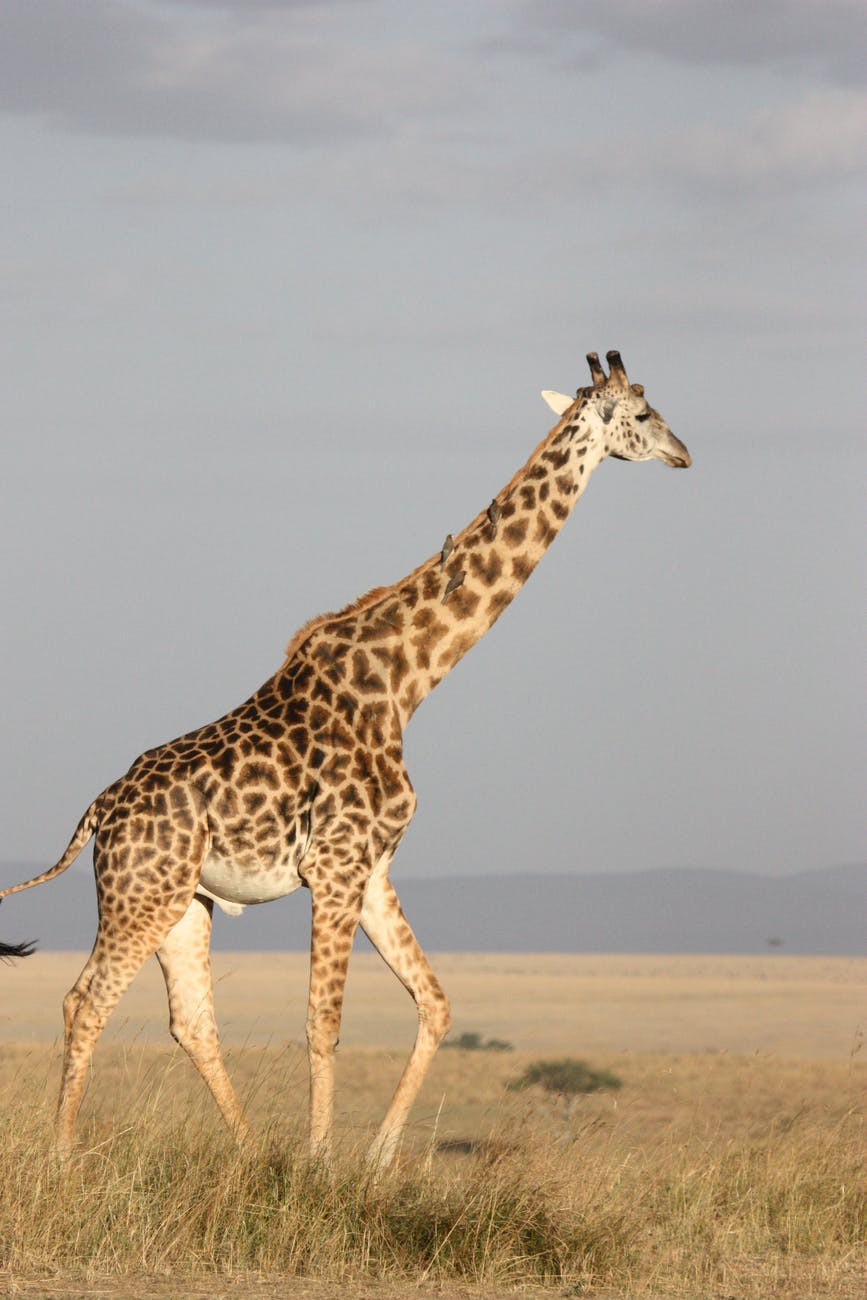
The Giraffe is an African even-toed ungulate mammal and the tallest living terrestrial animal with coat pattern of irregular brown patches on a light background in the world. It stands 5–6 m (16–20 ft) tall and has an average weight of 1,930 kg (3,500 lb) for males and 1180 kg (1,800 lb) for females. The giraffe has an extremely elongated neck, which can be over 2 m (6 ft 7 in) in length, accounting for nearly half of the animal’s vertical height. It’s prehensile tongues almost half a metre long. The tail may be a metre in length and Speeds of 50 km (31 miles) per hour can be maintained. When the giraffe lowers its head to the ground, special vessels at the base of the brain control blood pressure.
They have excellent eyesight, and when one giraffe stares, for example, at a lion a kilometre away, the others look in that direction too. Giraffes live up to 26 years in the wild. Giraffes prefer to eat new shoots and leaves, mainly from the thorny acacia tree. Cows in particular select high-energy low-fibre items. They are prodigious eaters, and a large male consumes about 65 kg (145 pounds) of food per day. Giraffes obtain most water from their food, though in the dry season they drink at least every three days. Gestation is 15 months. If lions or hyenas attack, a mother sometimes stands over her calf, kicking at the predators with front and back legs. About half of very young calves are killed by lions and hyenas.
4.The Largest Carnivora in the World:
The Southern Elephant Seal
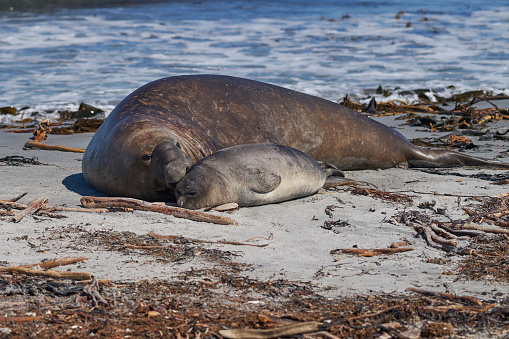
There are two species of elephant seals, the northern and southern. The southern elephant seal is a true seal and is the largest pinniped and carnivoran in the world. Southern elephant seals live in sub-Antarctic and Antarctic waters that feature brutally cold conditions but are rich in the fish, squid, and other marine foods these seals enjoy. Southern elephant seals are grayish brown in colour and are covered with thick blubber. Southern elephants are the largest of all seals. Males can be over 20 feet long and weigh up to 8,800 pounds. But these massive pinnipeds aren’t called elephant seals because of their size. Southern elephant seals have been recorded diving up to 2,133 meters (7,000 feet) and can stay underwater for nearly two hours. Southern elephant seal diet is largely composed of squid, mollusks, krill, cephalopods, and algae.
Elephant seals were aggressively hunted for their oil, and their numbers were once reduced to the brink of extinction. Historically, southern elephant seals were hunted to very low numbers because of the value and volume of their blubber, which was rendered into oil. Fortunately, populations have rebounded under legal protections. Adult males are enormous at least six times larger than polar bears and nearly twice the size of the next largest seal that is the northern elephant seal. Southern elephant seals are open ocean predators and spend much of their time at sea. Large southern elephant seals have few predators, but killer whales, leopard seals, and some large sharks are known to feed on this species. Potential impacts of expanding Southern Ocean fisheries and ongoing climate change on the populations of this seal are not well known, so it is important to continue to study and monitor this and other Antarctic seals. Southern elephant seals breed on land but spend their winters in the frigid Antarctic waters near the Antarctic pack ice. The current population is estimated at 650,000 individuals. The larger males fight one another to establish dominance over a particular section of beach. Females give birth to a single pup each year after an 11-month pregnancy and continue to nurse their pups.
5.The Largest Land Carnivores in the World:
The Polar Bear and Kodiak Bear
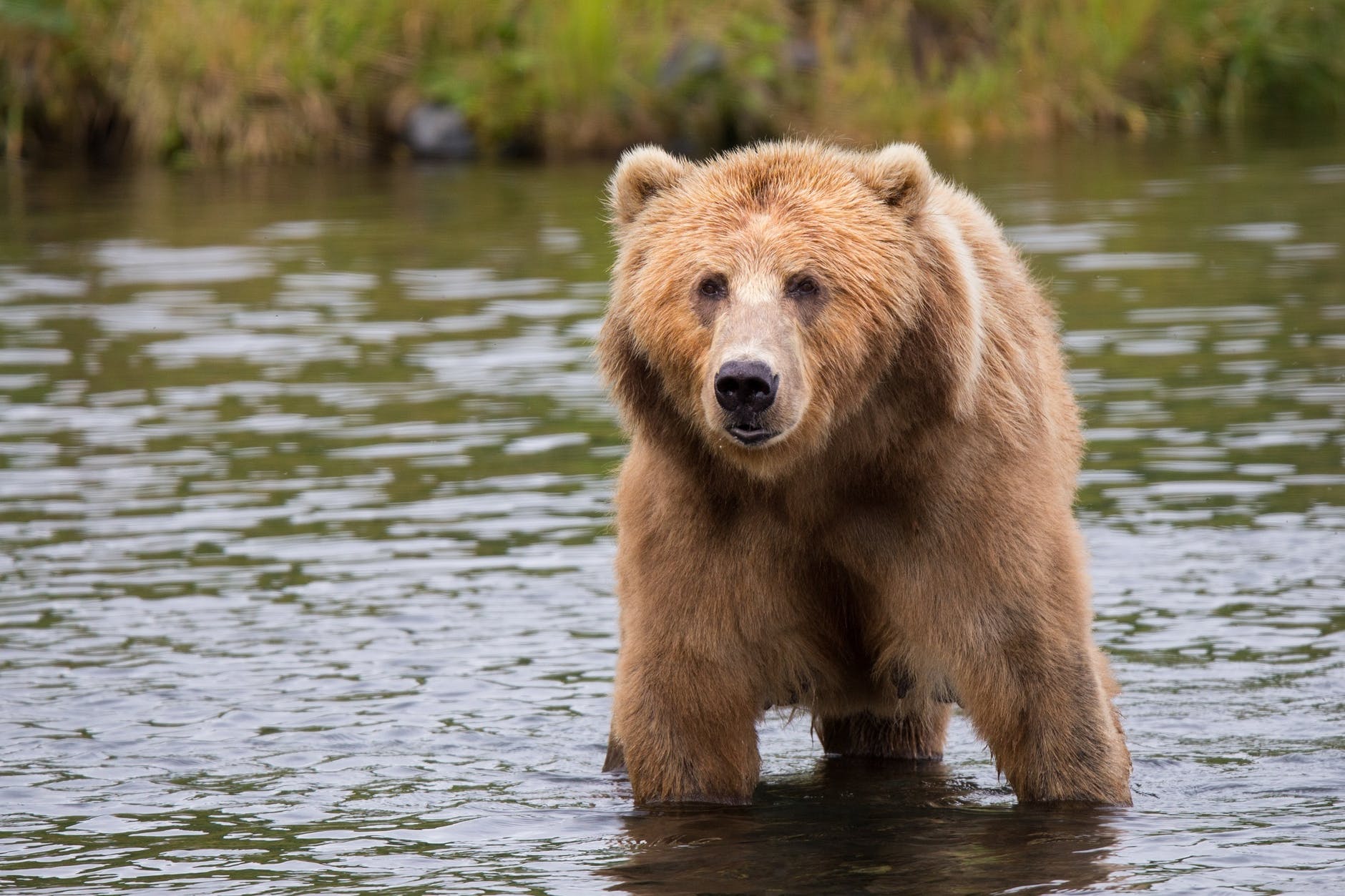
The Kodiak bear, also known as the Kodiak brown bear, sometimes the “Alaskan brown bear”, inhabits the islands of the Kodiak Archipelago in southwest Alaska. The Kodiak bear, on the other hand, commonly reaches sizes of 300 to 600 kg (660 to 1,320 lb), and has even been known to exceed weights of 680 kg. Stability of the Kodiak bear population have arisen. Kodiak bear will eat a large variety of plant and animal species. When standing on its hind legs the Kodiak bear is as tall as 10 ft (3 m). Females, called sows, are typically about 20-30% smaller than males, which are referred to as boars. The largest island in the archipelago is known as Kodiak Island. It is the second-largest island in the USA and is considered the heart of the Kodiak bear’s range. With food being abundant, bears live in relatively high density and their home ranges overlap significantly. They will feed on mainly salmon during this time while building up their fat reserves for winter. Hunters frequently seek the rare species to harvest its meat or simply claim it as a trophy. Cubs are typically born about 8 months later. Young bears will remain with their mothers for about 3 years before setting out on their own. The polar bear is a hypercarnivorous bear whose native range lies largely within the Arctic Circle. It is the largest recognized subspecies or population of the brown bear, and one of the two largest bears alive today, the other being the polar bear.
There is generally much variation in size between brown bears in different areas, most usually weigh between 115 and 360 kg. a sow (adult female) is about half that size of boar(adult male). Many body characteristics of Polar bear are adapted for cold temperatures, for moving across snow, ice and open water, and for hunting seals, which make up most of its diet. Although most polar bears are born on land, they spend most of their time on the sea ice. For thousands of years, the polar bear has been a key figure in the material, spiritual, and cultural life of circumpolar peoples, and polar bears remain important in their cultures. Polar bears swim in that region’s coastal waters. They are very strong swimmers, and their large front paws, which they use to paddle, are slightly webbed. Some polar bears have been seen swimming hundreds of miles from land. Polar bears live in one of the planet’s coldest environments and depend on a thick coat of insulated fur, which covers a warming layer of fat. Polar bears live in one of the planet’s coldest environments and depend on a thick coat of insulated fur, which covers a warming layer of fat. Under their fur, polar bears have black skin – the better to soak in the sun’s warming rays. polar bears will also consume carcasses, such as those of dead whales. Polar bears are attractive and appealing, but they are powerful predators that do not typically fear humans, which can make them dangerous.
6.The Largest Reptile in the World:
The Saltwater Crocodile
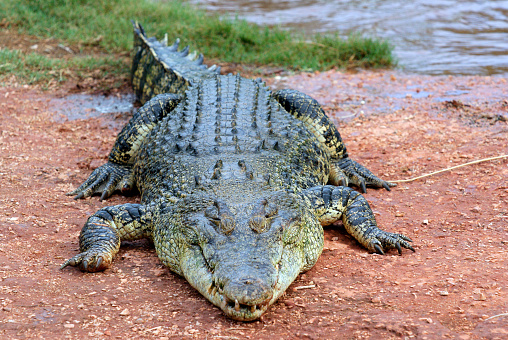
Saltwater crocodiles or estuarine crocodiles, are enormous creatures and the world’s largest living reptiles. The average male is 5m in length and weighs around 500kg, while females are significantly smaller, with the average female saltwater crocodile measuring a little under 3m in length and weighing less than 100kg. A huge male saltwater Crocodiles are estimated to have weighed a staggering 1500-2000kg. The animal most likely to eat a human—is the saltwater or estuarine crocodile. Saltwater crocodiles, or “salties,” as Australians affectionately refer to them, have an enormous range, populating the brackish and freshwater regions of eastern India, Southeast Asia, and northern Australia. They are excellent swimmers. They can travel long distances by sea, sometimes as much as 900km.
They’ll feed on anything they can get their jaws on, including water buffalo, monkeys, wild boar, and even sharks. Without warning, they explode from the water with a thrash of their powerful tails, grasp their victim, and drag it back in, holding it under until the animal drowns. Saltwater crocodiles have long life spans, with many living to more than 65 years, longer than any other crocodile species. It’s possible that some saltwater crocodiles may live for over a century. Only 1% of newborn saltwater crocodiles will survive to adulthood. Australian legend has it that crocodiles sleep with one eye open – and scientists have now proved it to be true. It involves shutting down only one half of their brain at a time, keeping the other half alert to danger. The central nervous system is wired up such that the right eye remains open when the left side of the brain is awake, and vice versa. They typically feed on fish, mammals and birds, preferring to hunt at night. It is is capable of killing and eating pretty much anything that comes into its territory, including sharks and humans.
7.The Largest Amphibian in the World:
The Chinese Giant Salamander
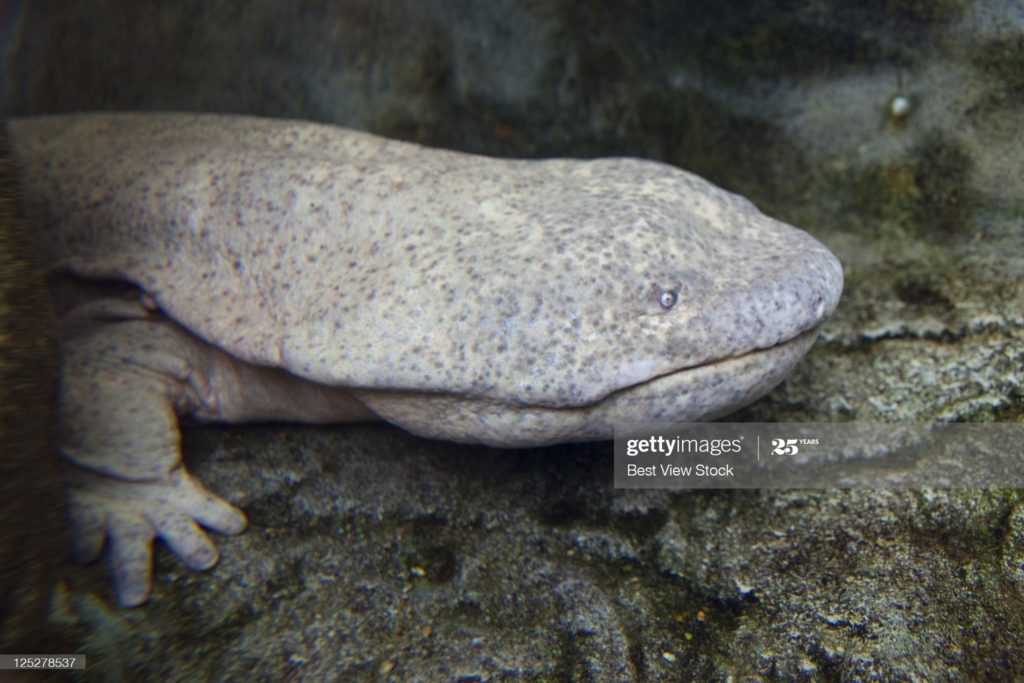
Chinese giant salamander once had the world at its wet, stubby feet. It’s a “living fossil,” having seen the dinosaurs come and go, and it is currently the largest amphibian on the planet. It is Capable of growing nearly 6 feet in length (1.8 meters). This makes the giant salamanders one of the most evolutionarily isolated families on the amphibian tree of life, residing at the tips of a long, solitary branch. The Chinese Giant Salamader lives and breeds in large hill streams, normally in forested areas. It is a mottled grayish or greenish and brown, with a long, thick body with four stubby limbs, and a blunt head with tiny eyes (with no eye lids) behind its nostrils. Its tail makes up over half of its body length.
The Japanese giant salamander is a bit smaller than its Chinese counterpart, while North America’s largest salamander, the hellbender, may reach 28 inches (70 centimeters) in length. These three giants make up the family Cryptobranchidae. This creature lives underwater yet does not have gills—it absorbs oxygen through its skin. there could be at least five distinct giant salamander species that developed independently in isolated locations over millions of years. the main threat to Chinese giant salamanders is humans hunting them with nets and hooks. As apex predators, they are used to slurping up a wide variety of aquatic creatures, and can accidentally swallow or become tangled in lines of hooks.
8.The Largest Rabbit/Hare in the World:
The Flemish Giant
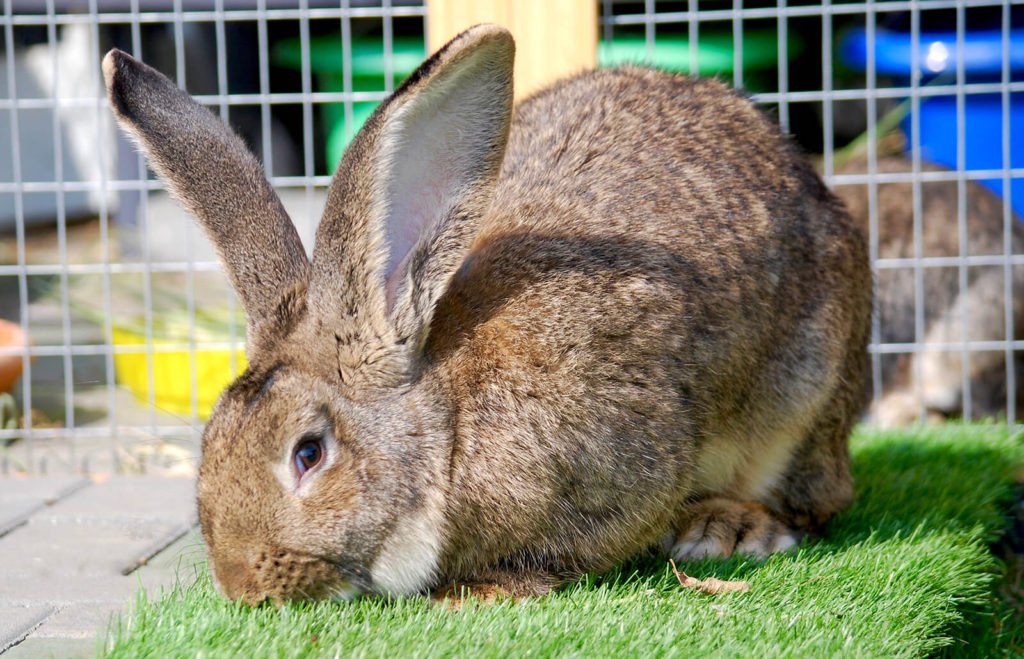
The Flemish Giant rabbit is a very large breed of domestic rabbit, normally considered to be the largest breed of the species. Flemish Giants are historically a utility breed bred for fur and meat.. The breed is also known for being docile and patient in being handled, resulting in the large animals commonly being kept as pets. The Flemish Giant is an ancestor of many rabbit breeds all over the world, one of which is the Belgian Hare, imported into England in the mid 19th century. It is one of the more popular breeds at rabbit shows because of its unusually large size and its varying colors. They come in seven colours. The National Federation of Flemish Giant Rabbit Breeders recognizes Black, Blue, Fawn, Light Gray, Steel Gray, Sandy, and White as the official color varieties. The male and female have different head shapes. As one of the largest breeds of domestic rabbit, the Flemish Giant is a semi-arch type rabbit with its back arch starting behind the shoulders and carrying through to the base of the tail giving a “mandolin” shape.
Flemish Giant Rabbits weigh 6.8 kilograms (15 lb) on average, through the biggest ones can weigh up to 10 kilograms (22 lb), and the longest one on record, measured about 1.3 metres (4 ft 3 in) long. “The American Rabbit Breeders Association Standard of Perfection” dictates that a rabbit under six months and at least 6.5 pounds is eligible for entry in the Junior class, one between six and eight months is considered Intermediate, and eight months and older must be entered as a Senior. Their originsare highly contested among Flemish Giant rabbit historins. Other giant rabbit breeds named for different places exist, including the Continental Giant, German Giant, and British Giant. Each breed differs a bit from the Flemish Giant. The Rabbit Geek website posted information about this from a rabbit show judge and member of the British Rabbit Council.
9.The Largest Bats in the World:
The Giant golden-crowned flying fox

The golden-crowned flying fox is one of the largest bat species in the world, it can be incredibly hard to find. The giant golden-crowned flying fox, also known as the golden-capped fruit bat, is a species of megabat endemic to the Philippines. It is primarily frugivorous, consuming several kinds of fig. However, its diet also includes some leaves. As it eats fruits, primarily figs, it distributes their seeds all over the forest, contributing to reforestation in the Philippines. It also will sometimes eat fruit grown for agricultural use, but only if it is near undisturbed forests. It forages at night and sleeps during the day in tree roosts. The giant golden-crowned flying fox, also known as the golden-capped fruit bat, is a species of megabat endemic to the Philippines. It is one of the largest bat species in the world, weighing up to 1.4 kg (3.1 lb)—only the Indian and great flying fox can weigh more. It has the longest documented forearm length of any bat species at 215 mm (8.5 in). Owing to deforestation and poaching for bushmeat, it is an endangered species. It is still affected by human disturbance via tourists who intentionally disturb them during the day. can be found in forest patches near human population centers, including along roads and on resort grounds. In all cases, this species enjoys having other bat neighbors, as they share their roosts with several flying fox species—most commonly the large flying fox. Local communities hunt bats for sale, sport and personal consumption. In addition, more than 90 percent of the Philippines’ old-growth forests have been destroyed, and the species has completely disappeared from several of its old roosting sites on multiple islands. It gives birth annually from April through June, with females having one pup at a time.
10.The Largest Rodent in the World:
The Capybara
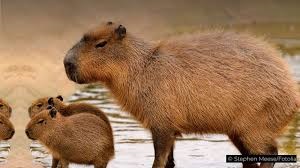
The capybara is twice that big—the biggest rodent on Earth. These impressive semi-aquatic mammals are found throughout much of northern and central South America, though a small invasive population has been seen in Florida. Capybara, also called carpincho or water hog. Like beavers, capybaras are strong swimmers. South American capybaras may be 1.25 metres (4 feet) long and weigh 66 kg (145 pounds) or more. Panamanian capybaras are smaller and weigh about 27 kg. They are shy and associate in groups along the banks of lakes and rivers. Small eyes, noses, no tail, and hairless ears are located high on their heads so that their faces remain exposed and alert when most of their body is submerged. Like other rodents, capybaras’ teeth grow continuously, and they wear them down by grazing on aquatic plants, grasses, and other plentiful plants. Their pig-shaped bodies are adapted for life in bodies of water found in forests, seasonally flooded savannas, and wetlands. Their toes are partially webbed for paddling around, and their reddish to dark brown fur is long and brittle—perfect for drying out quickly on land. Their favorite snack foods are snakes like the boa constrictor, crab-eating foxes, small cats, and birds of prey like the caracara and black vulture. Females usually have one litter of four to five young per year. Though considered to have a stable population overall, in some areas capybaras are severely threatened by people who hunt them for their skin, and some local populations have been wiped out.

